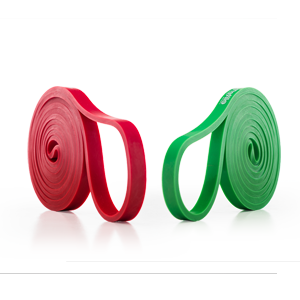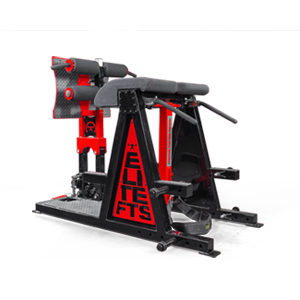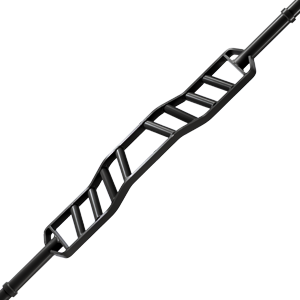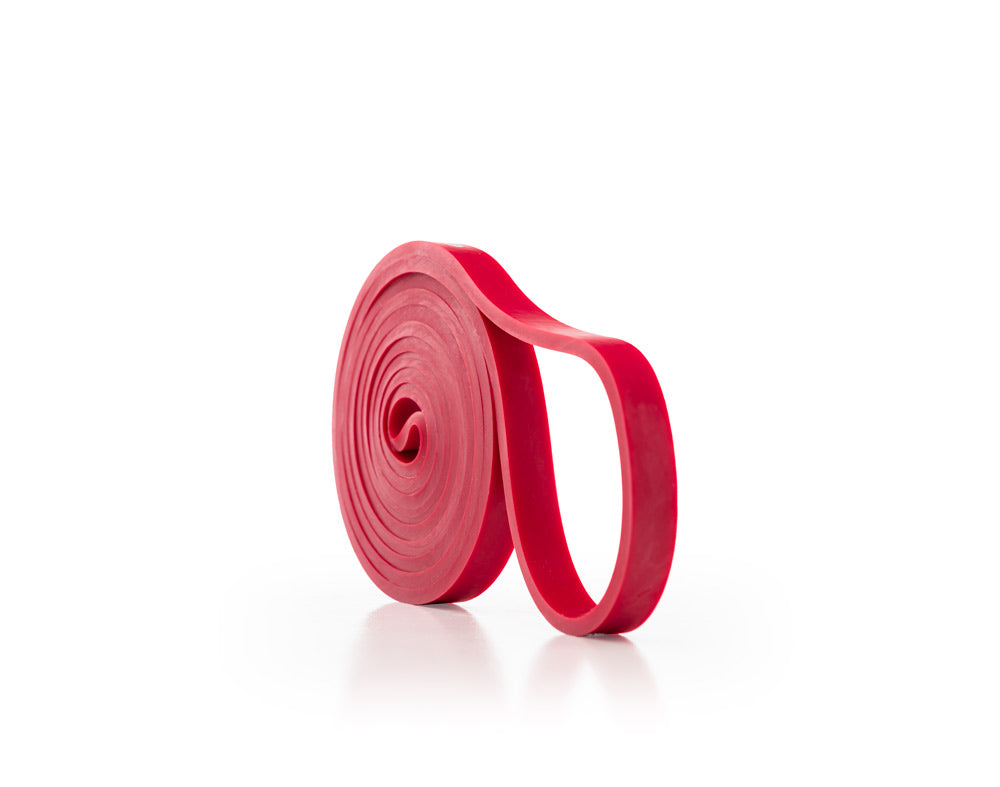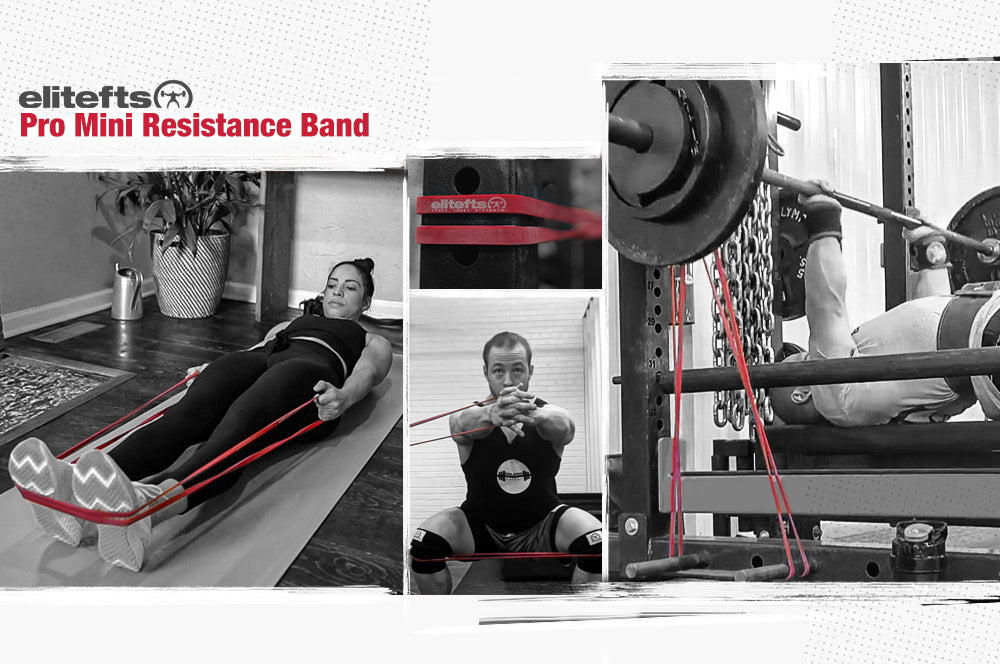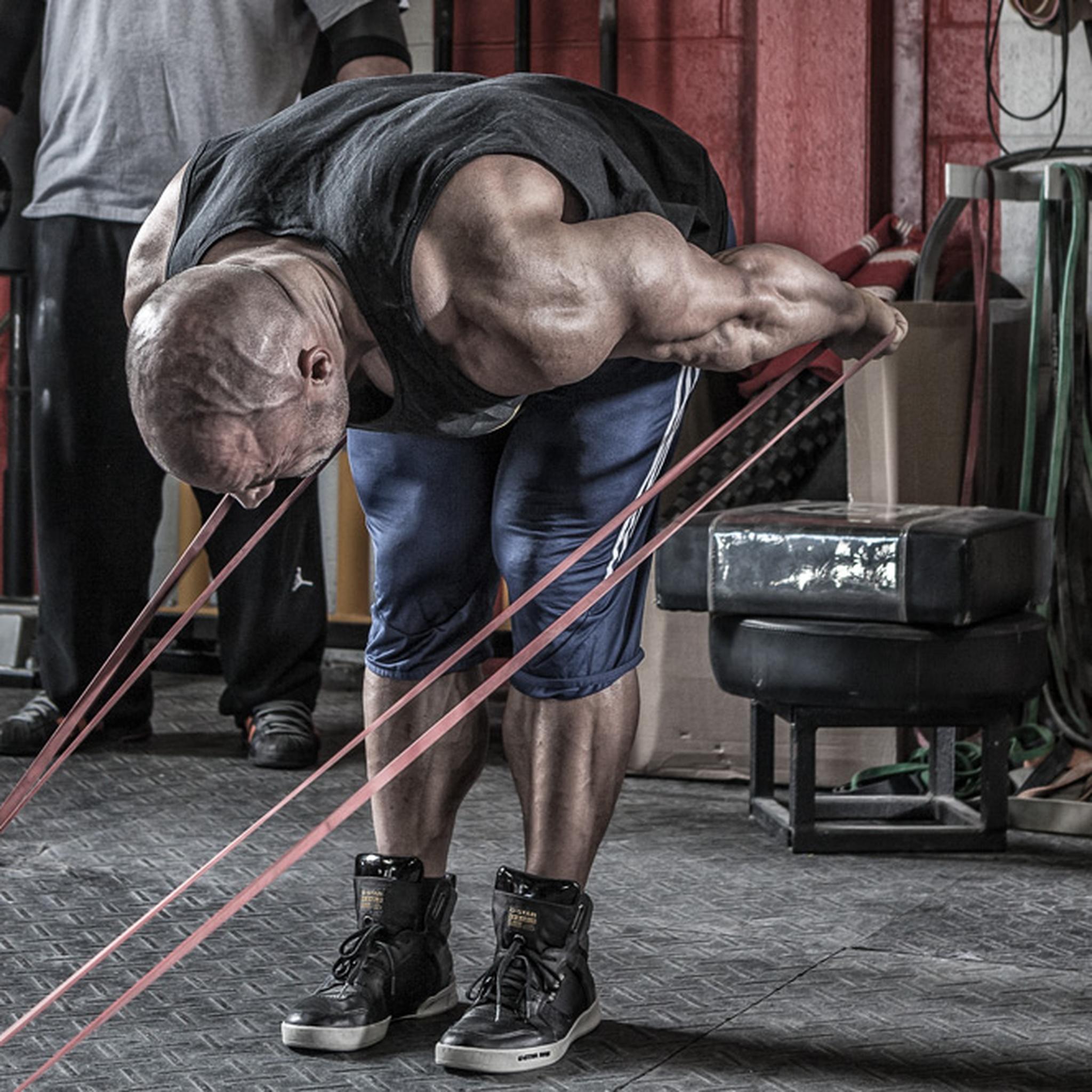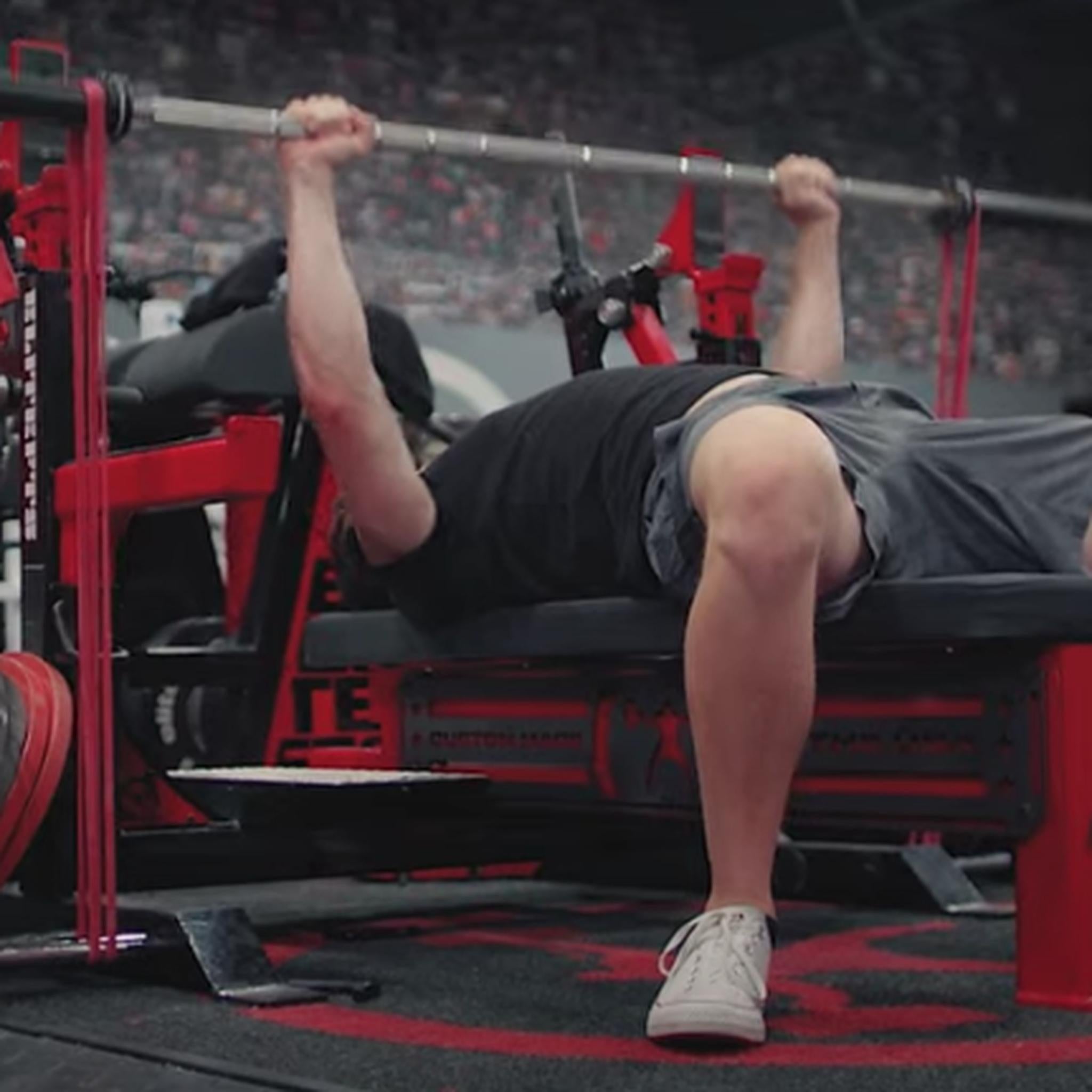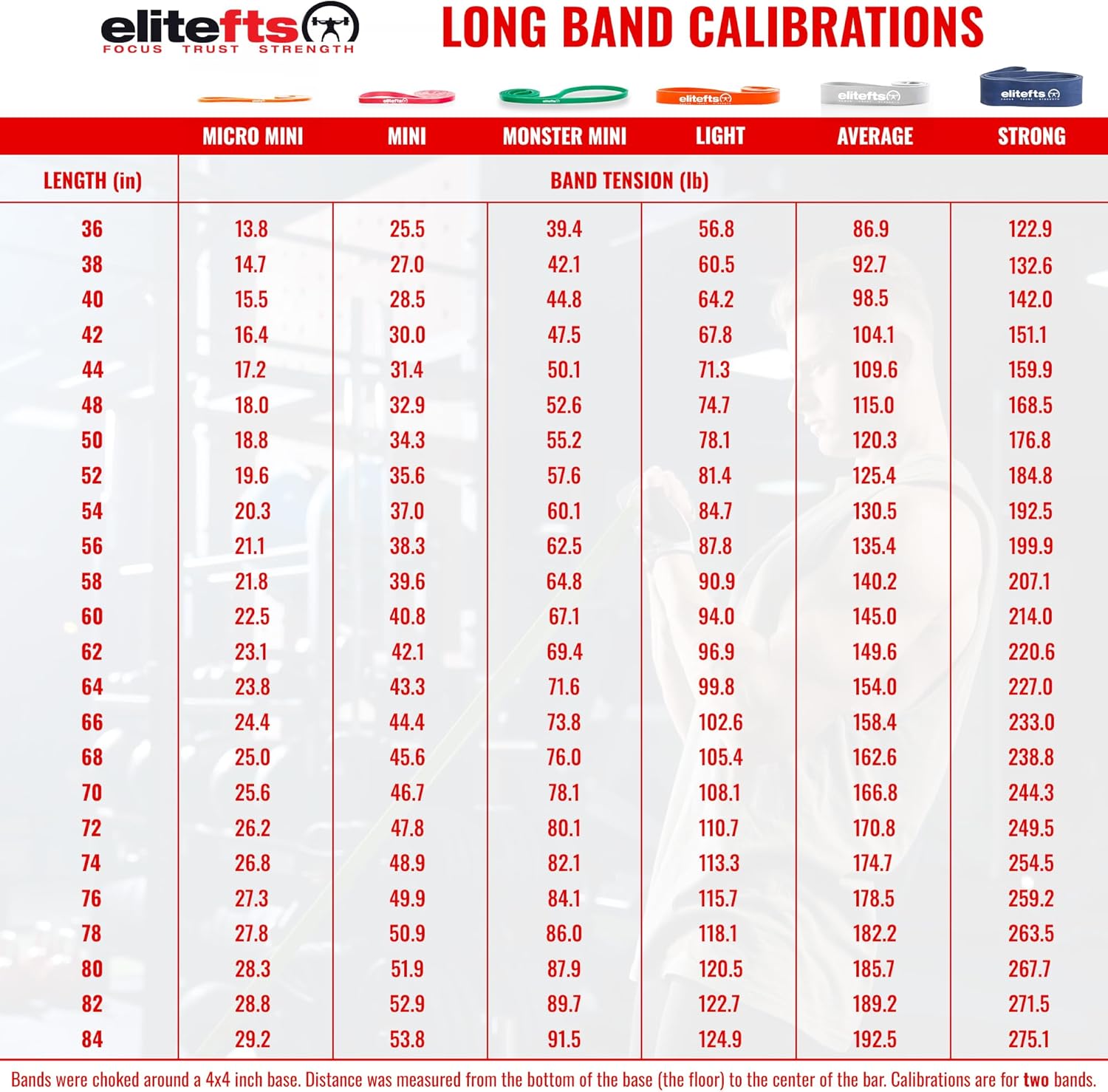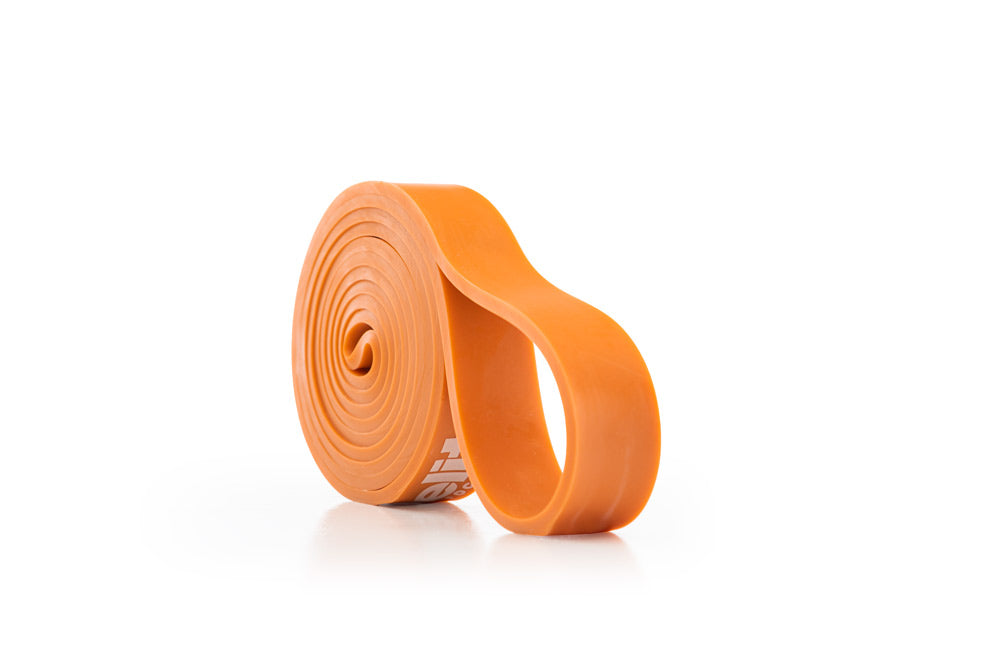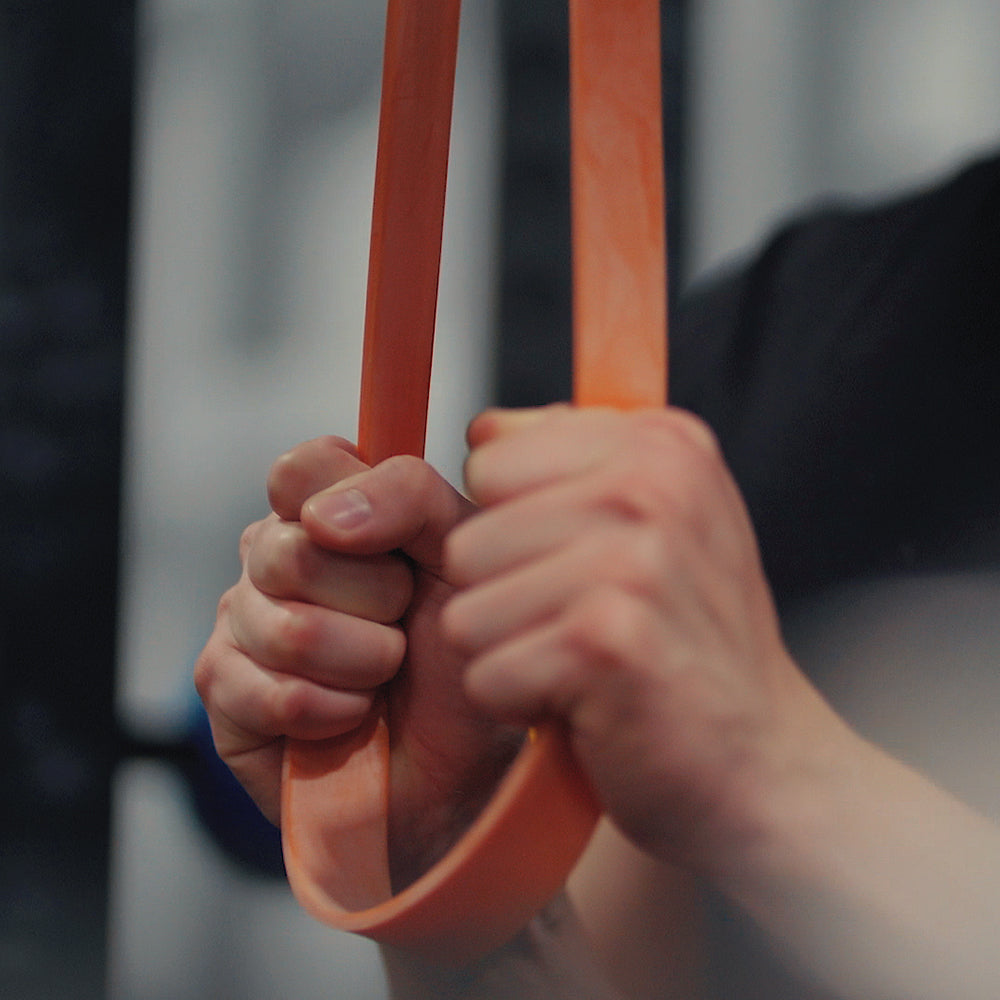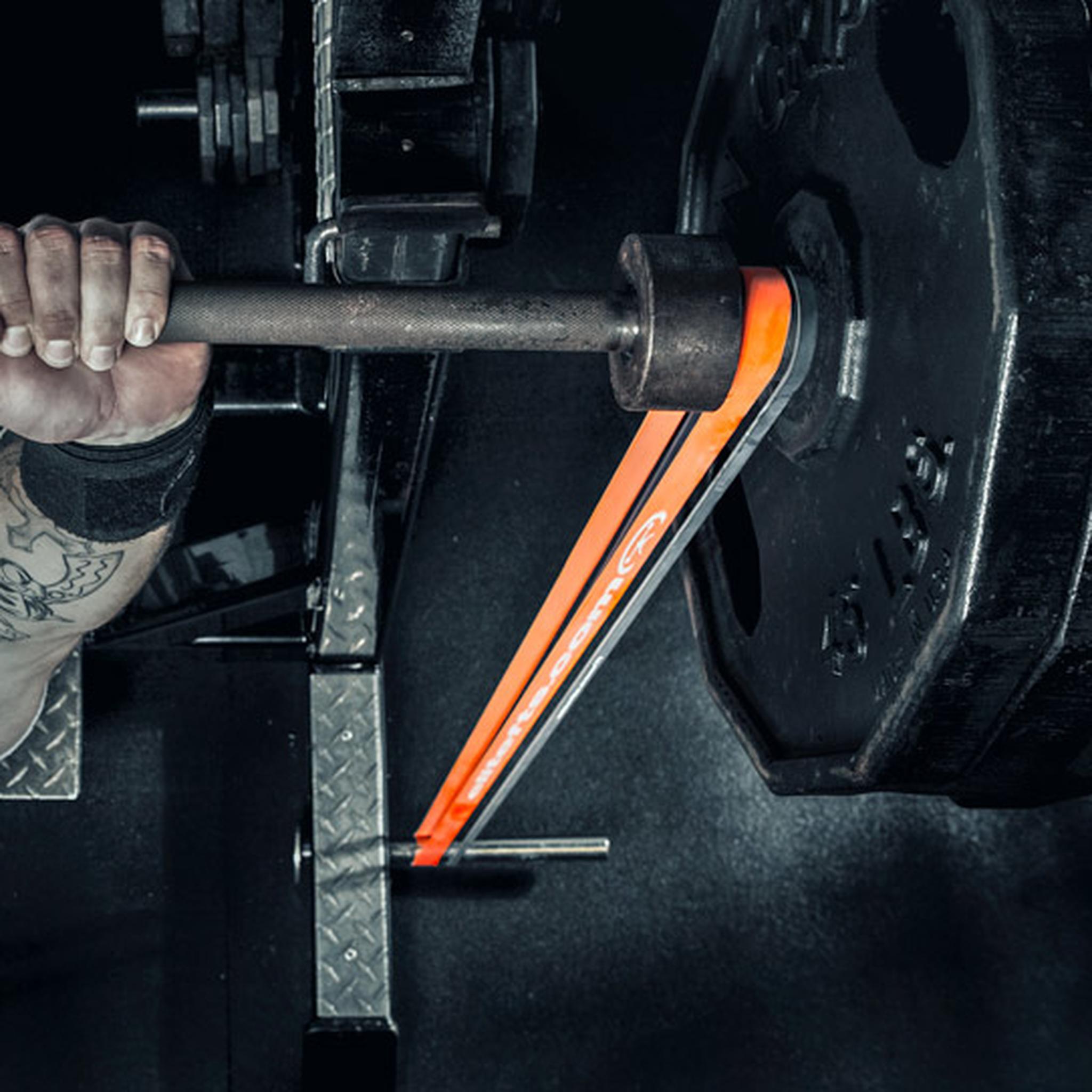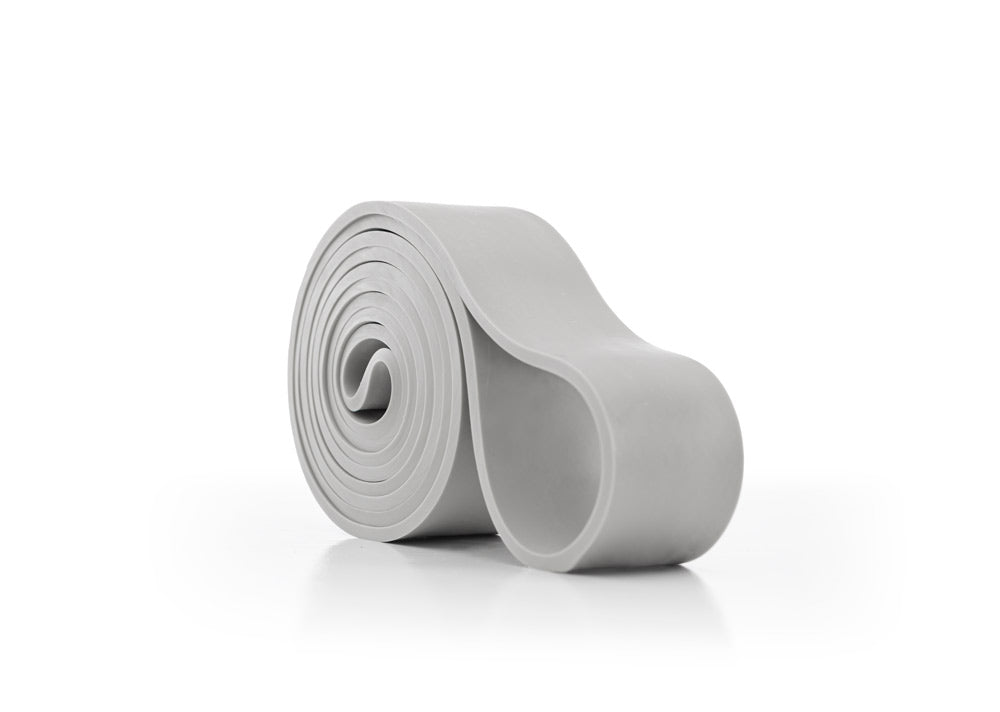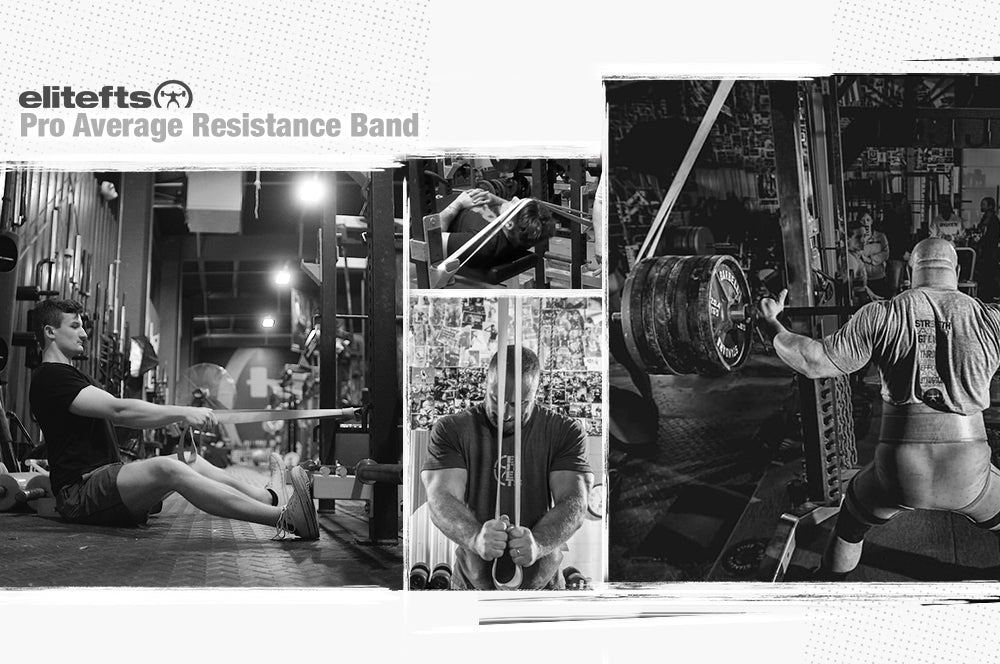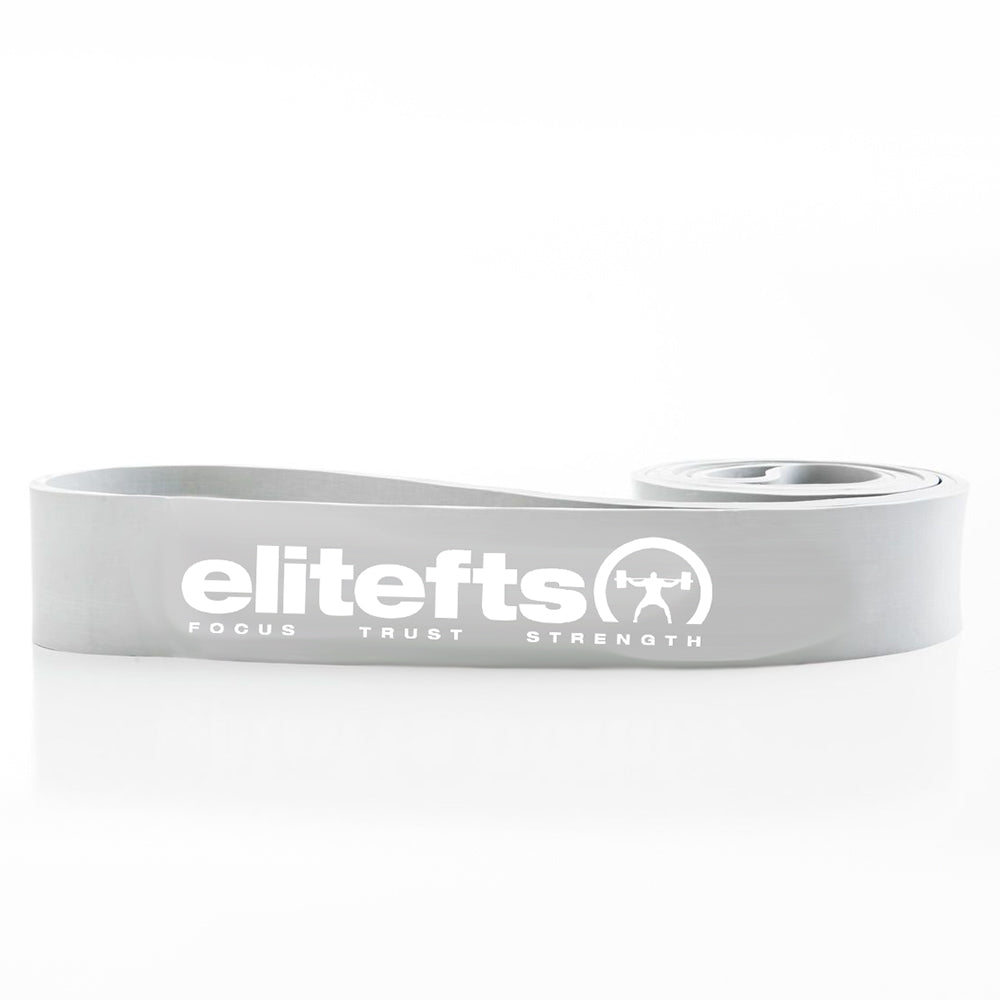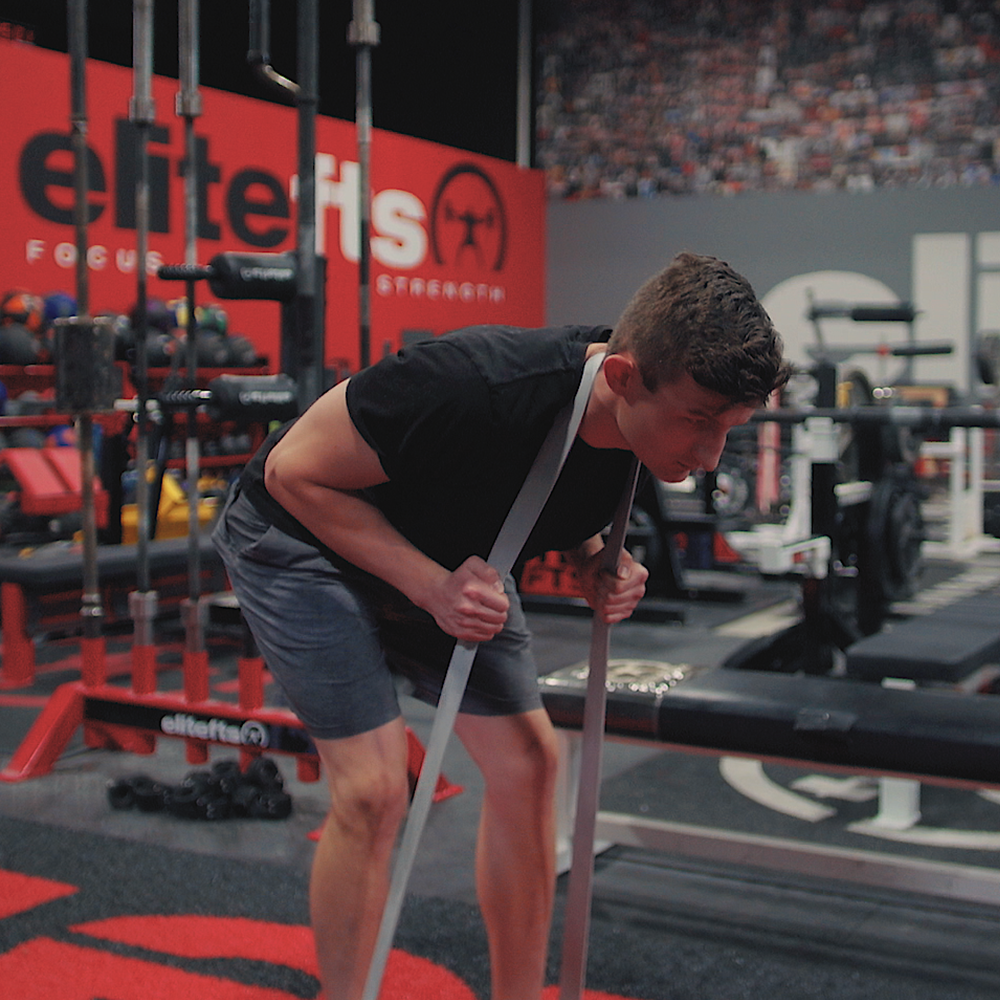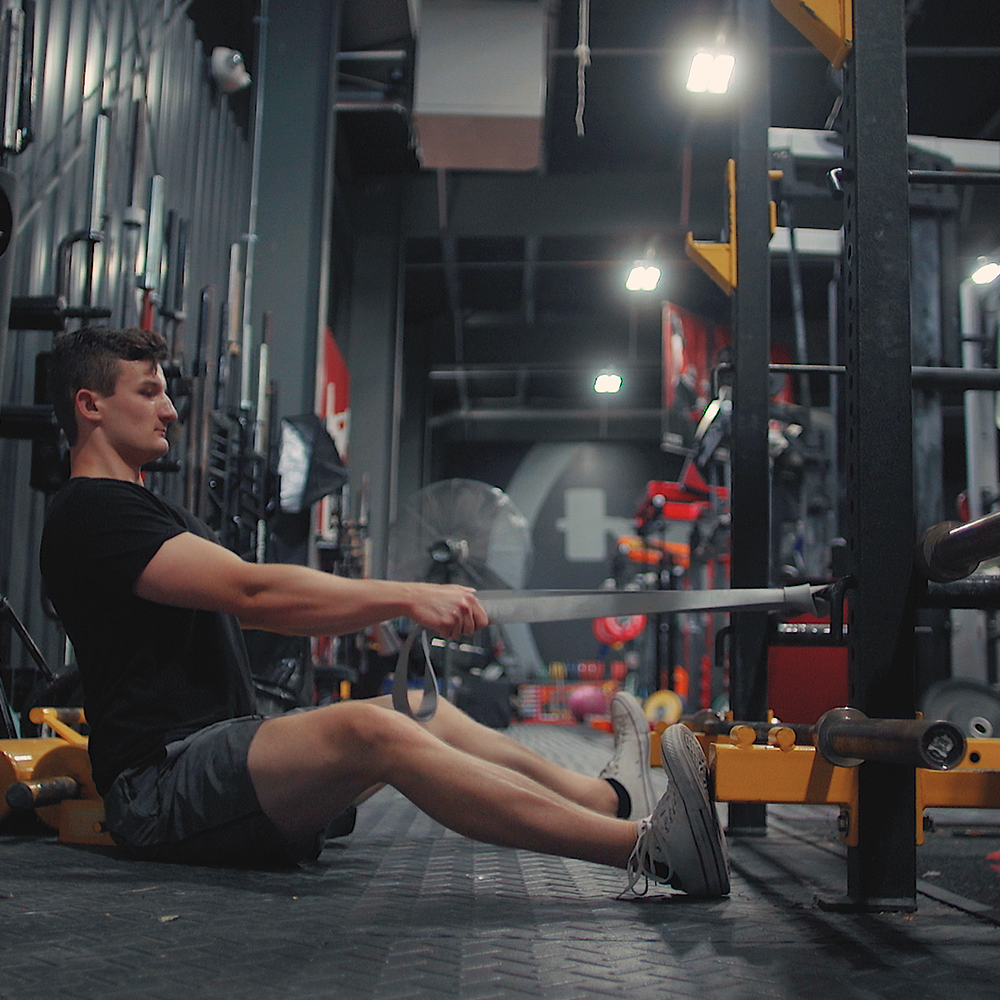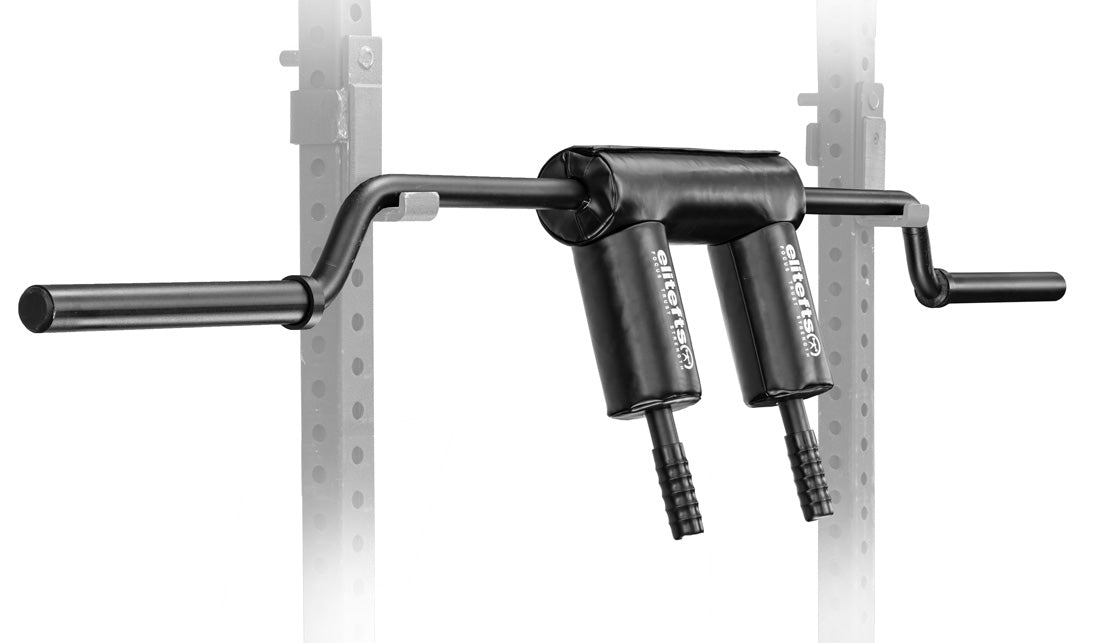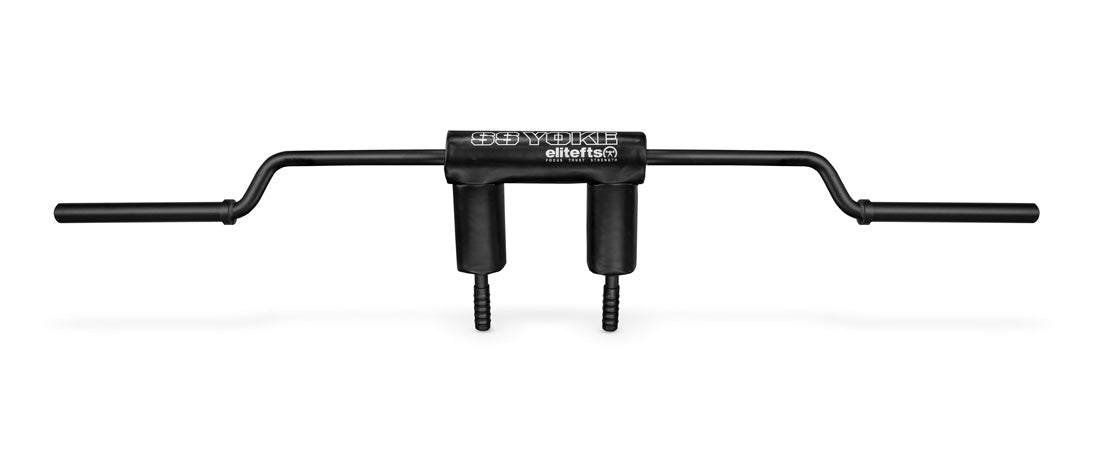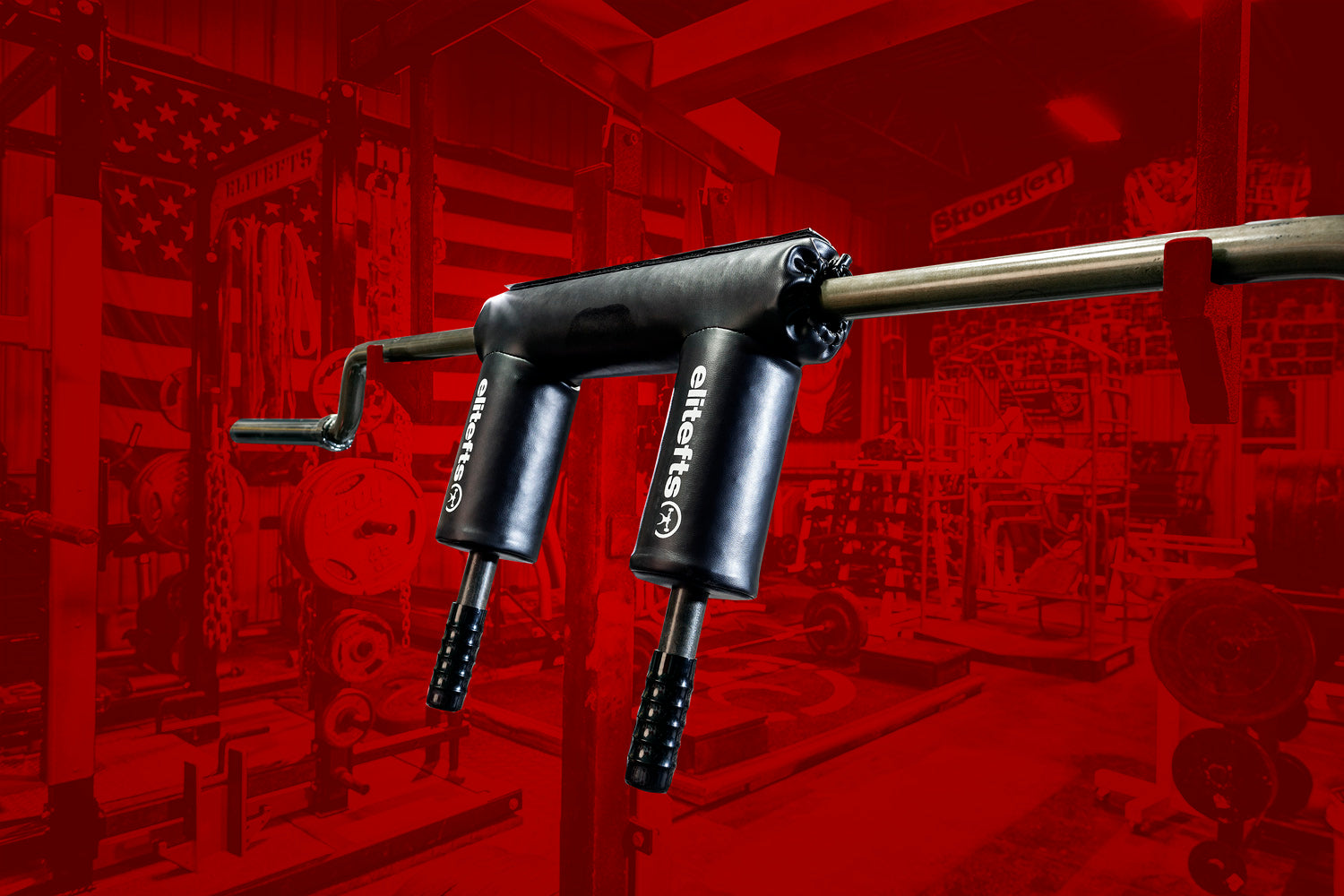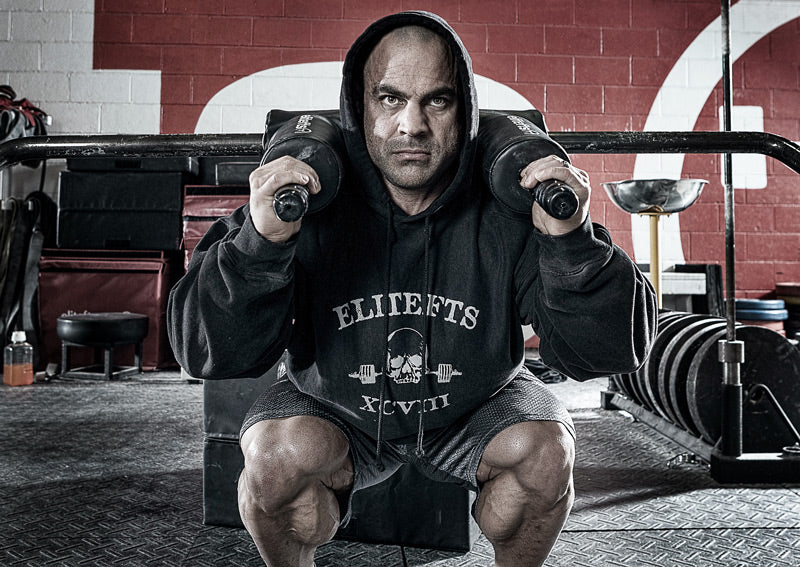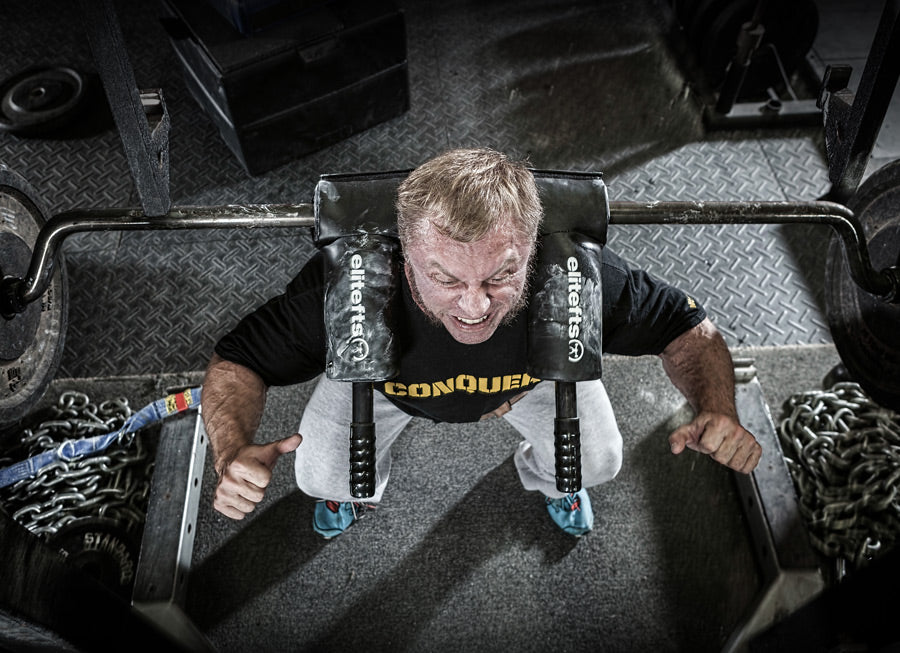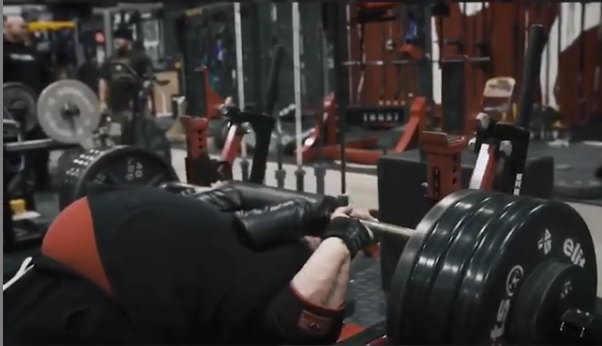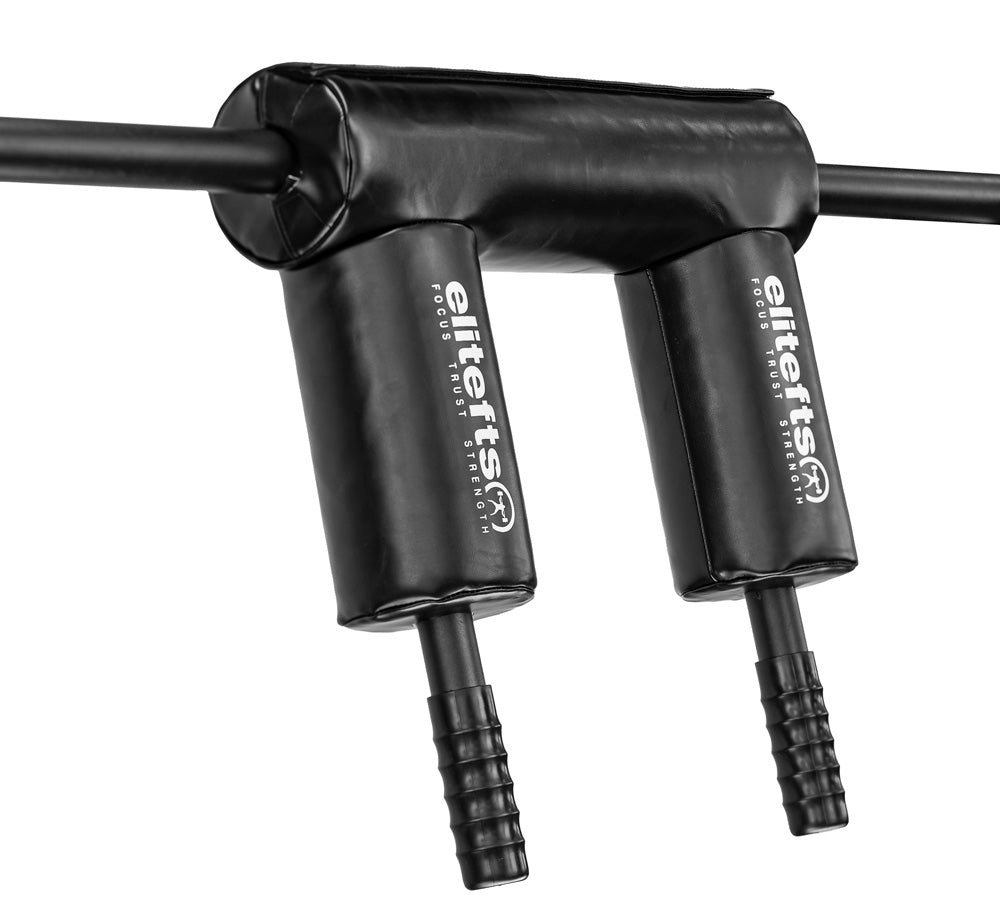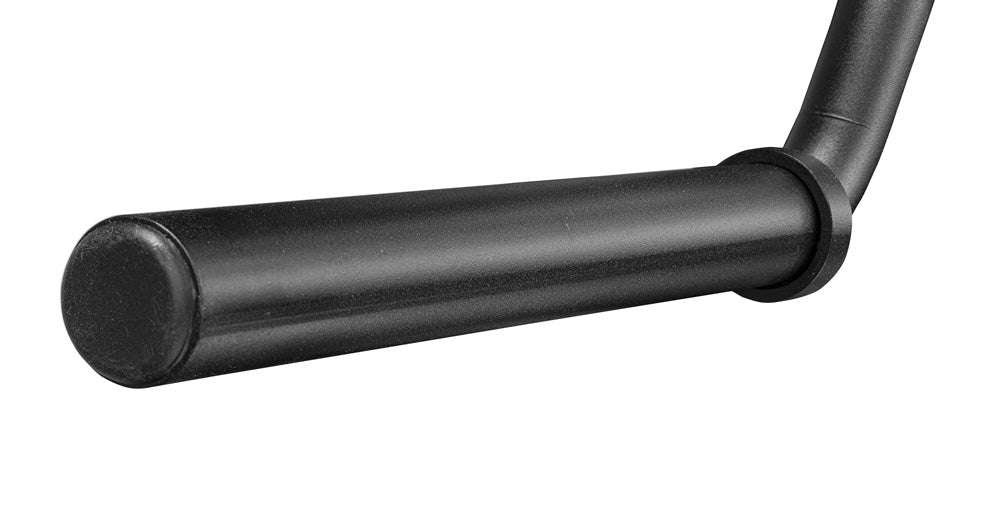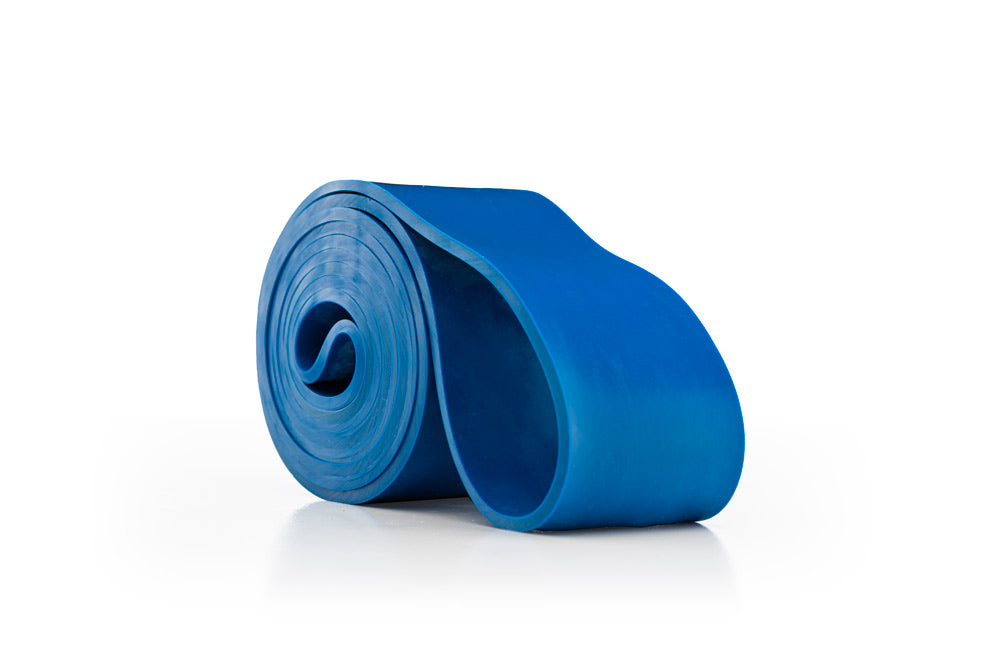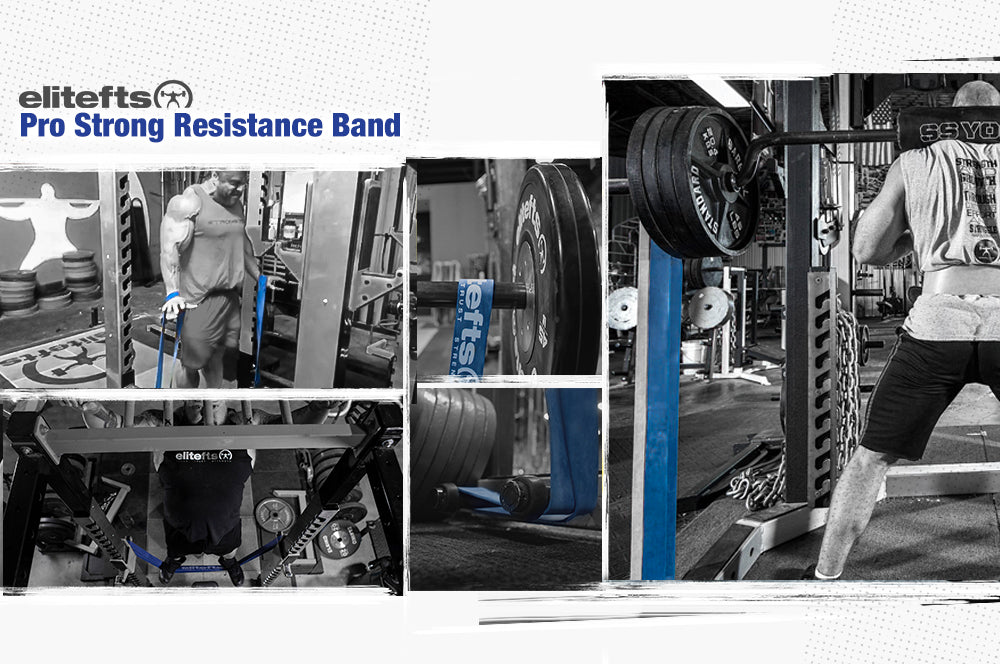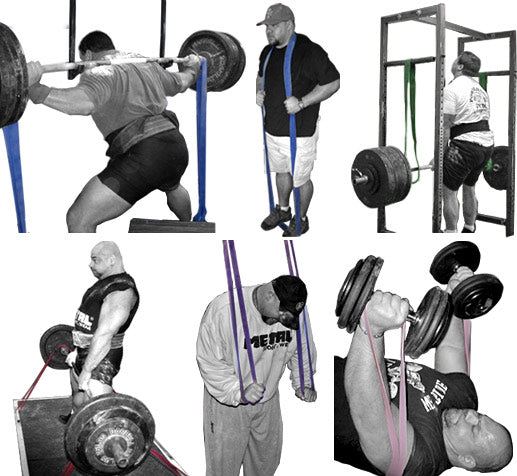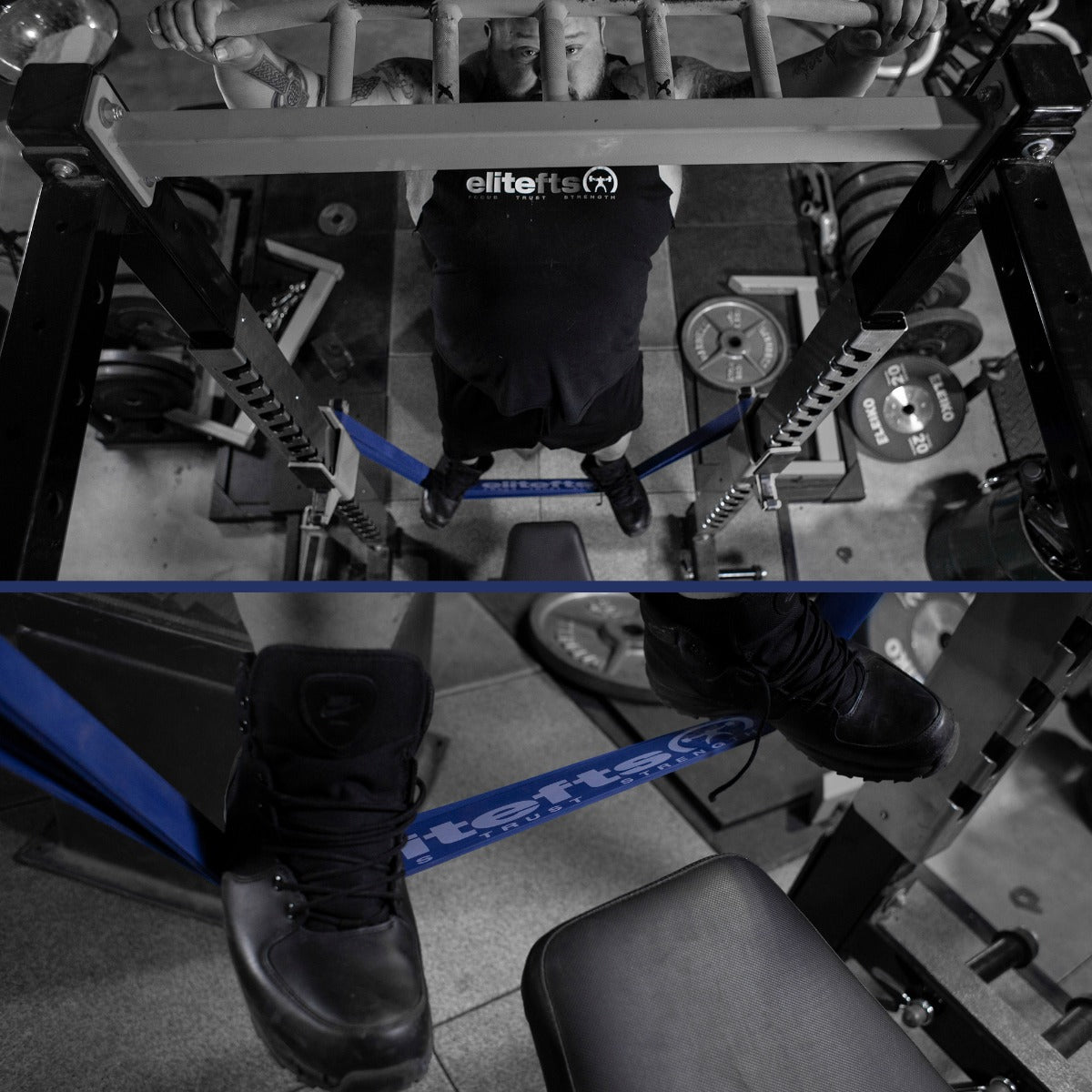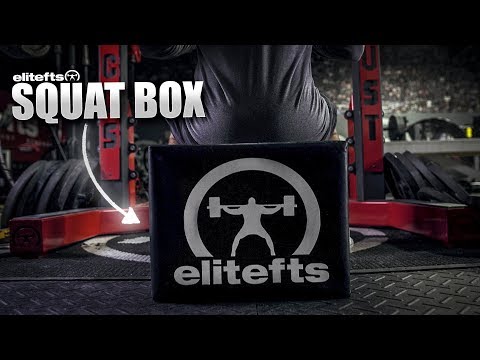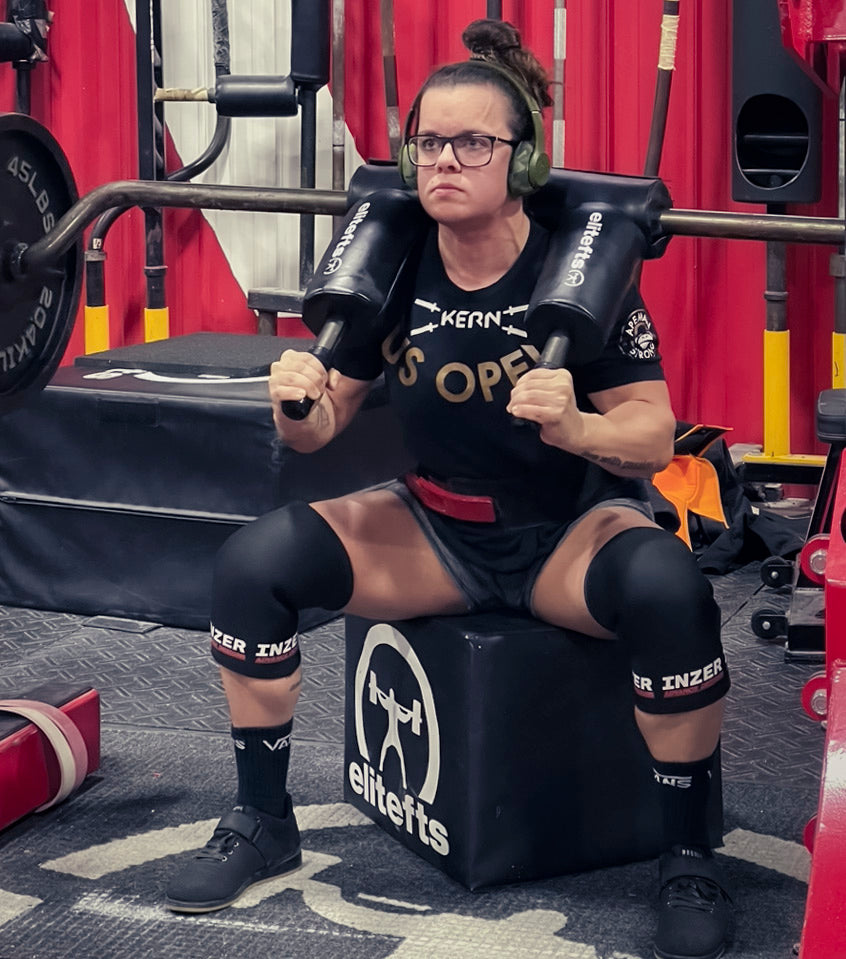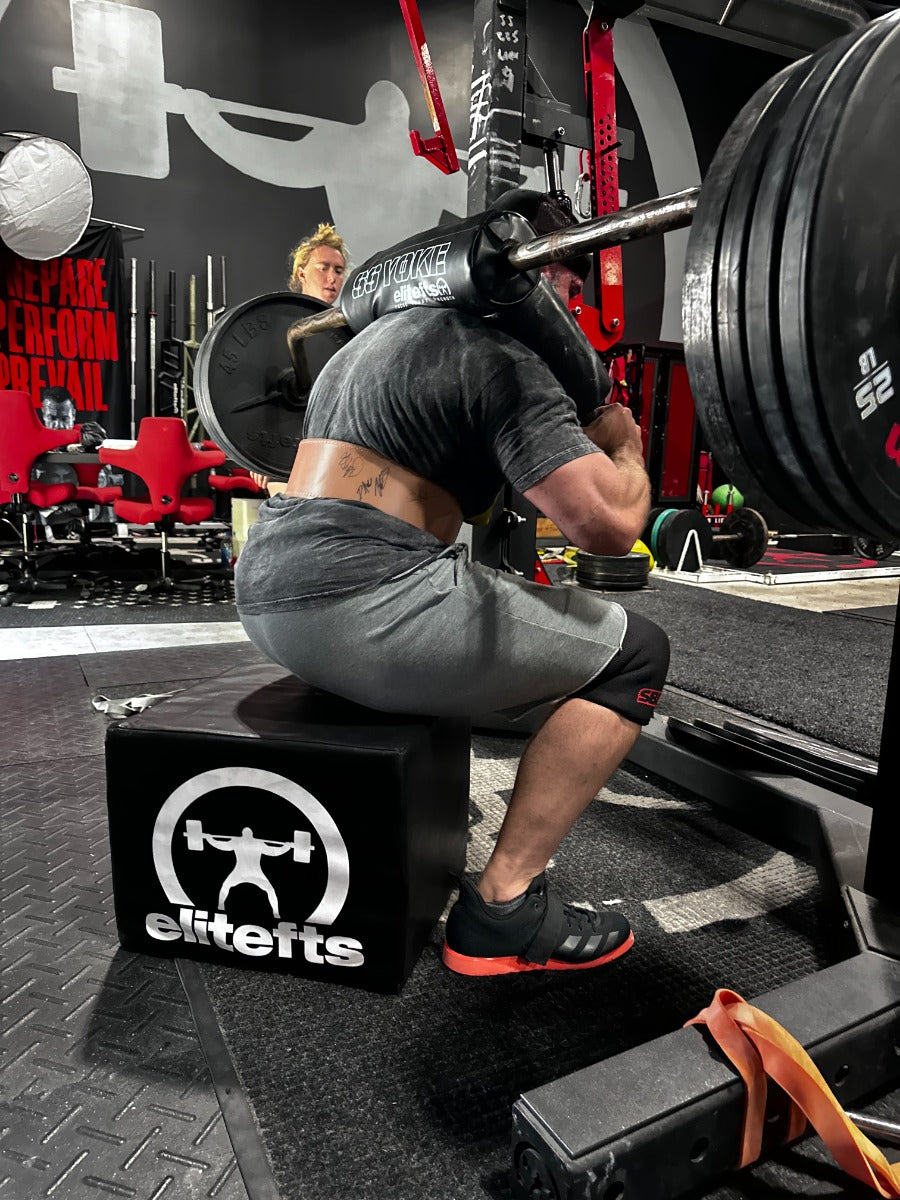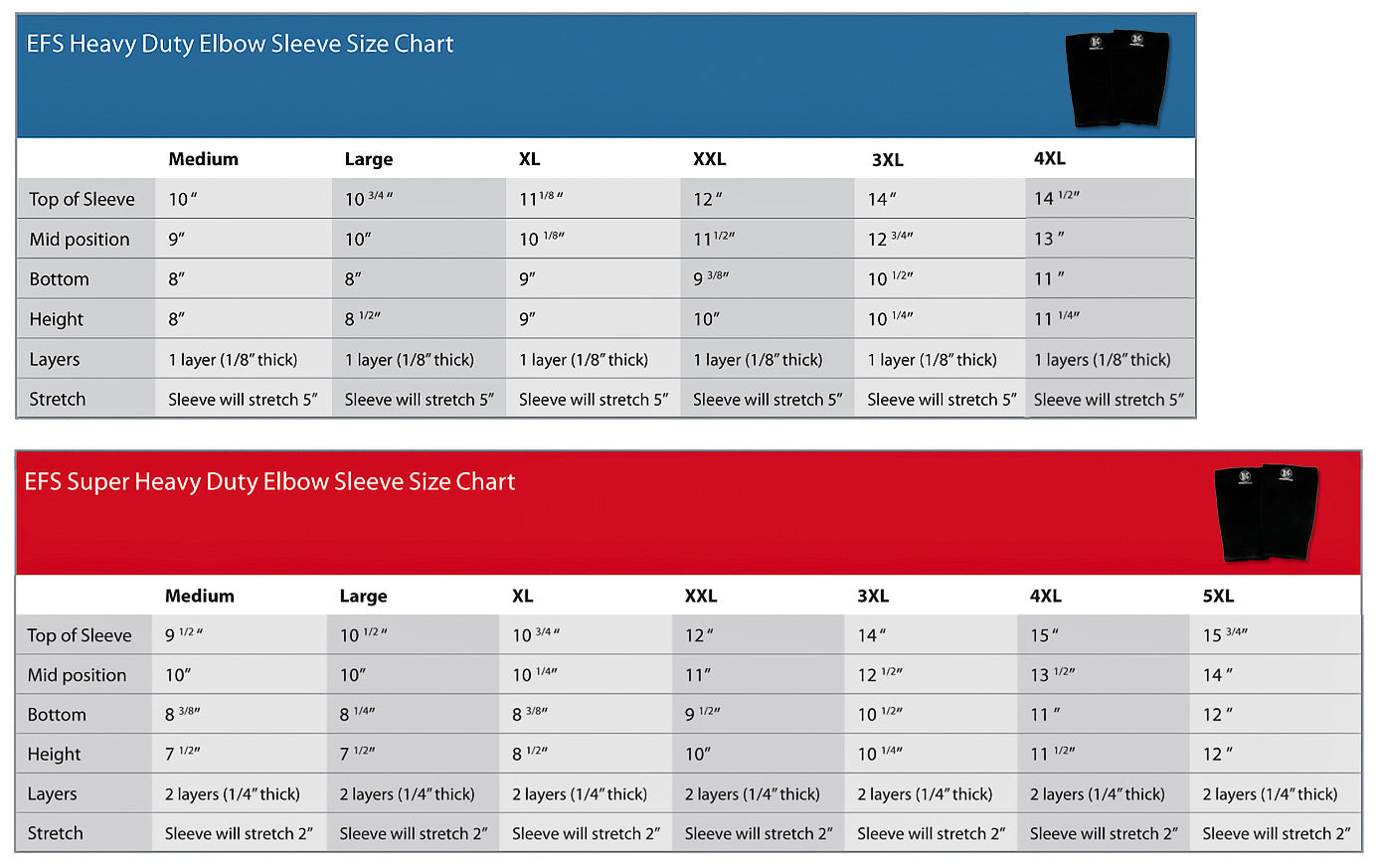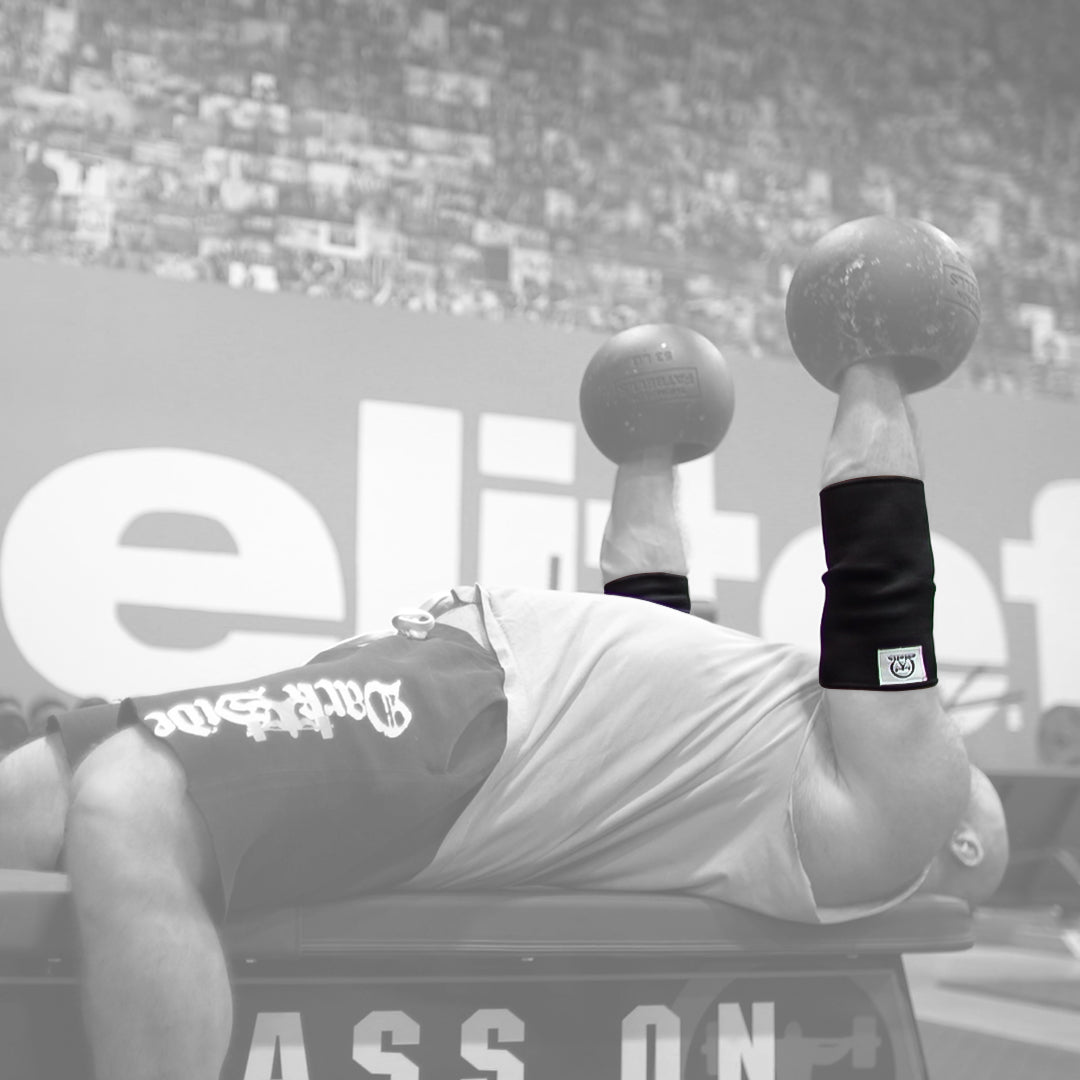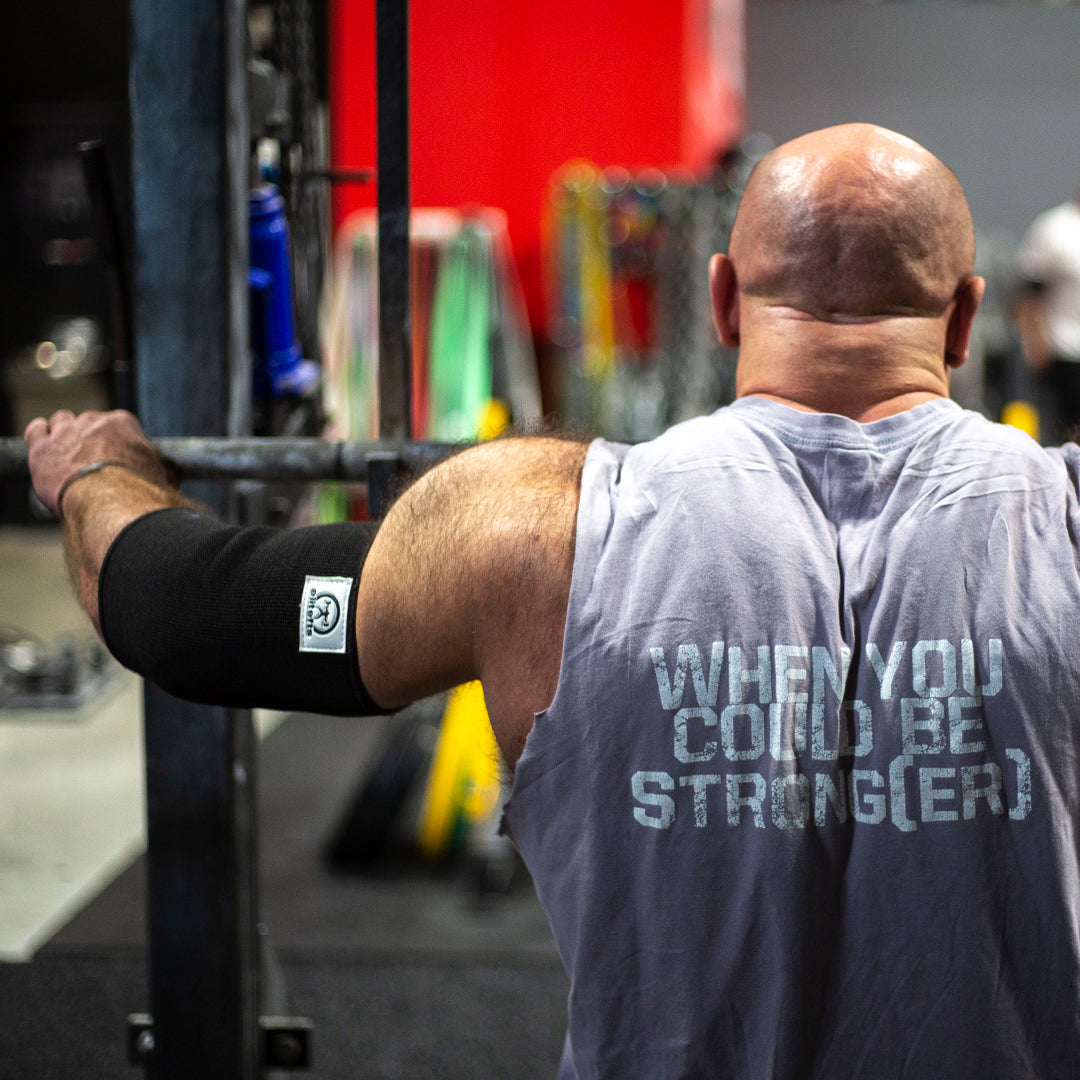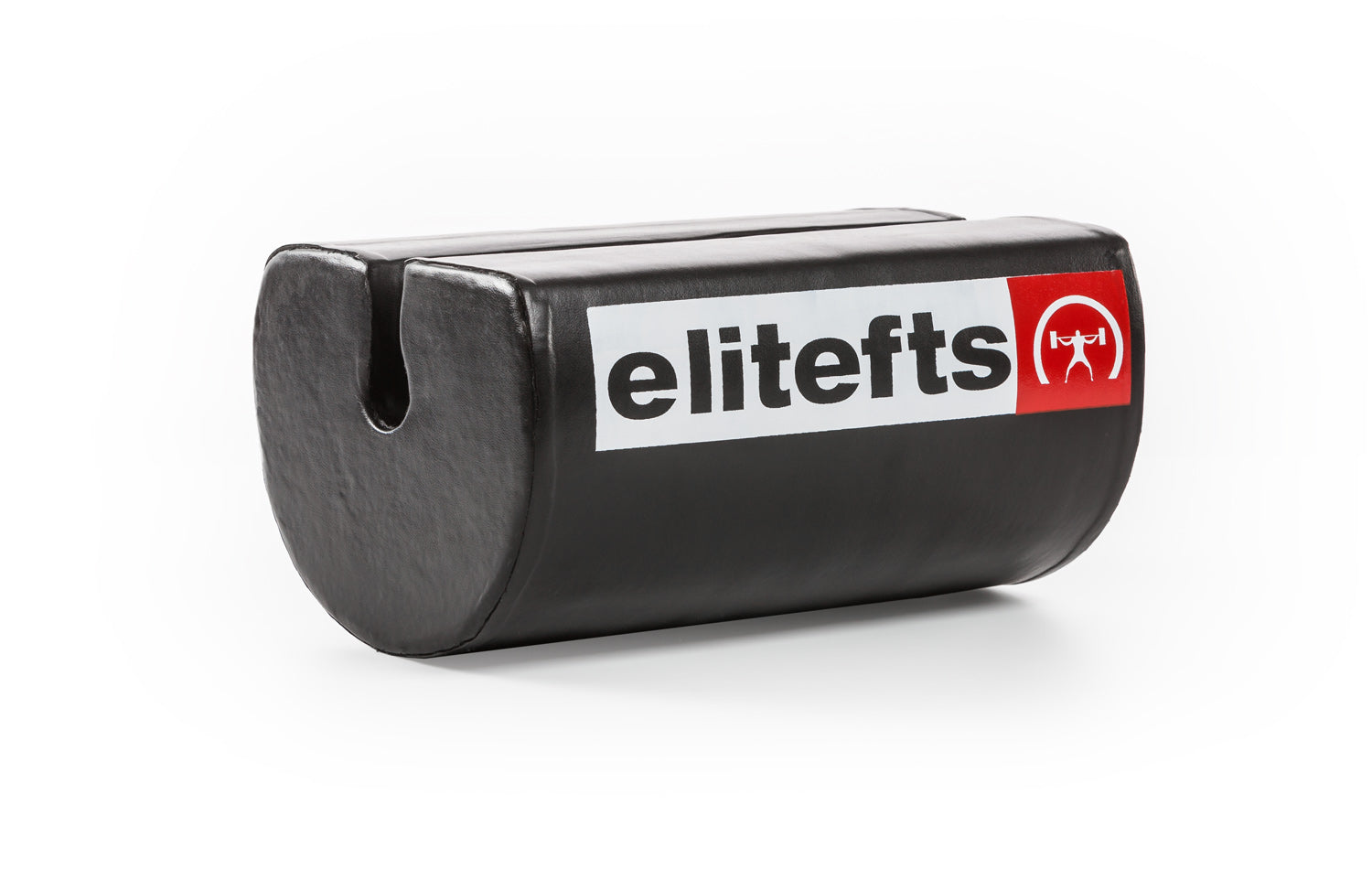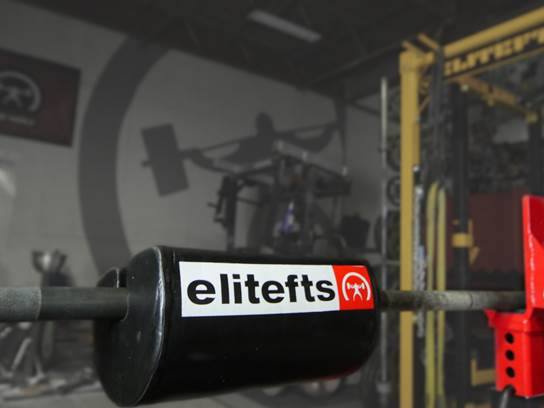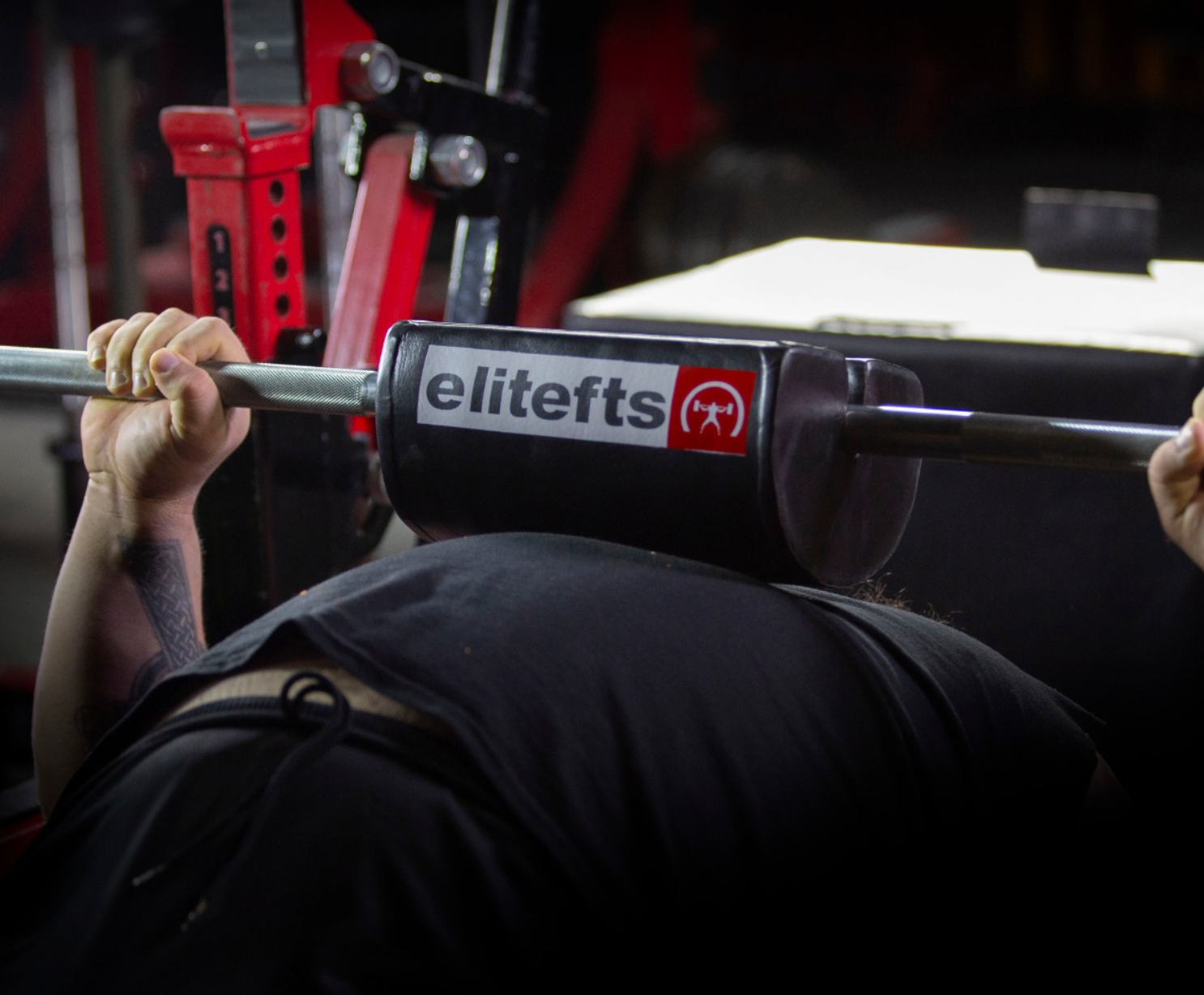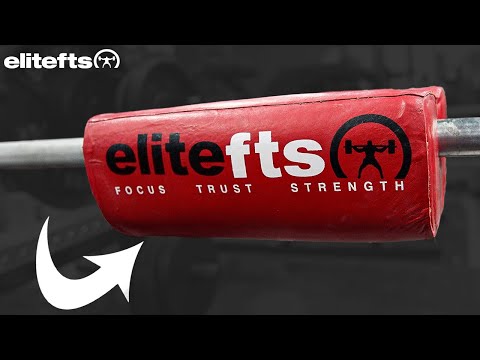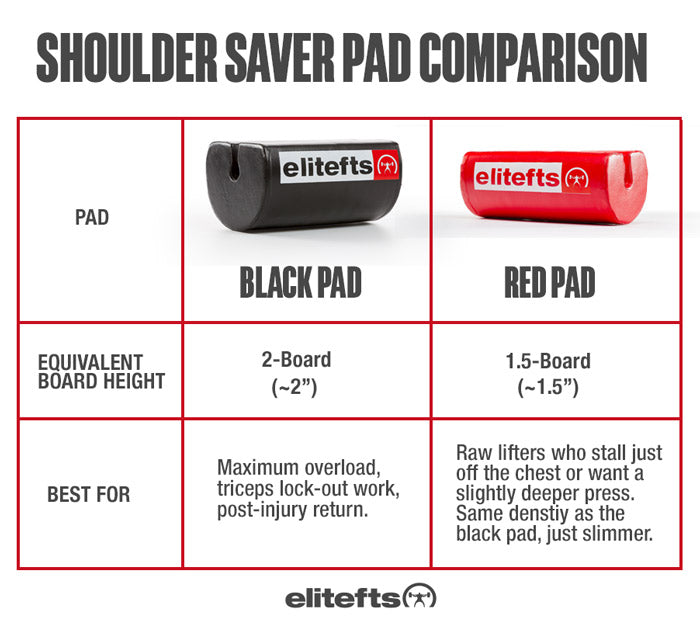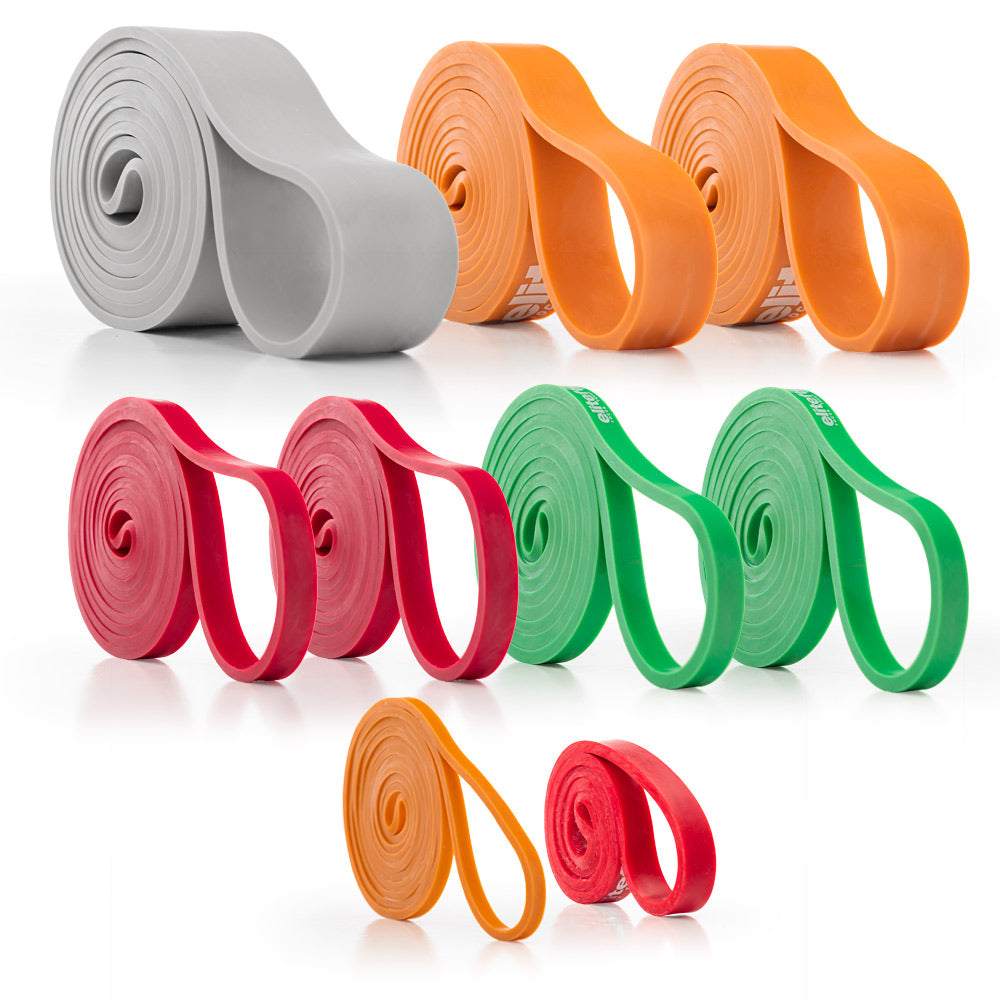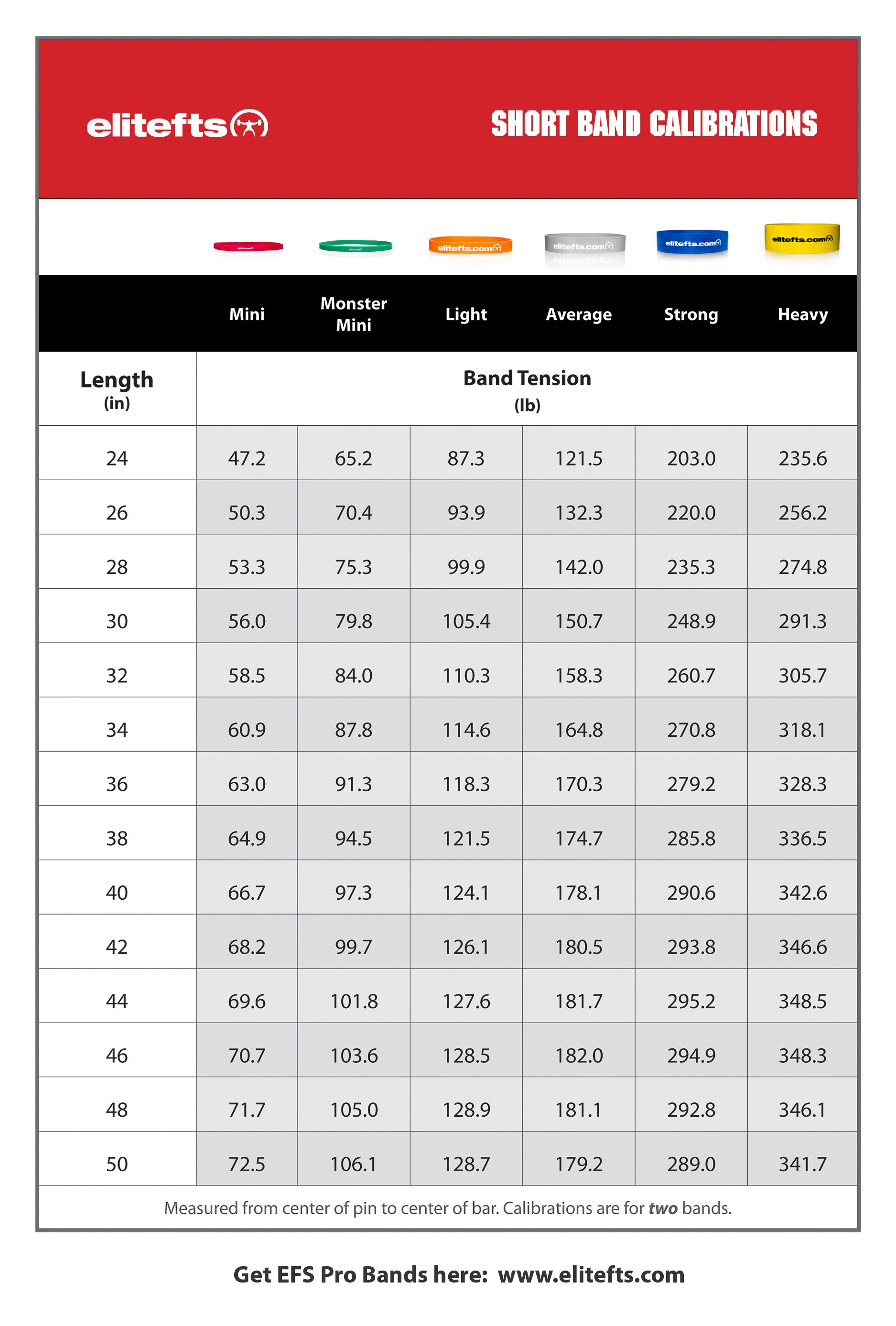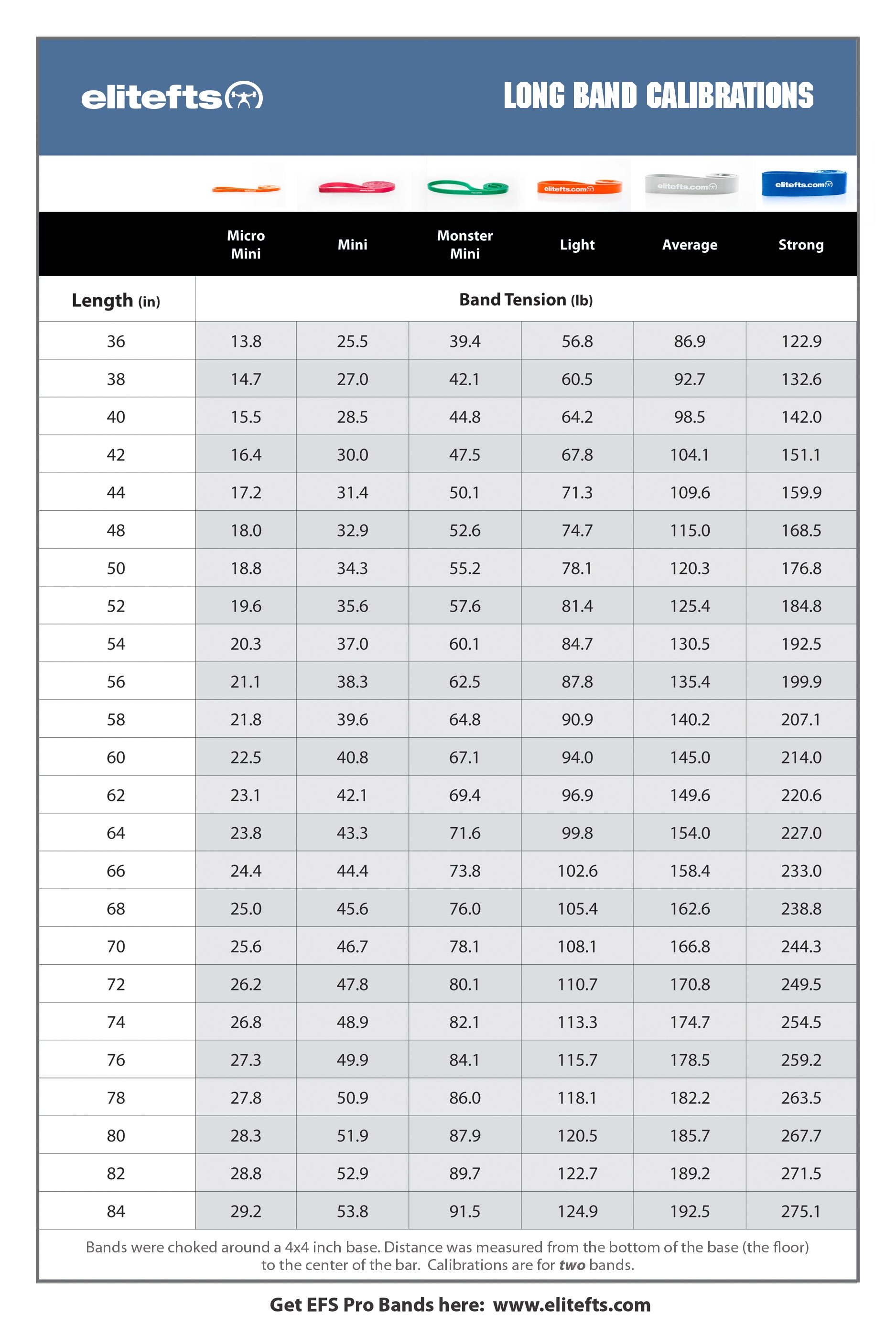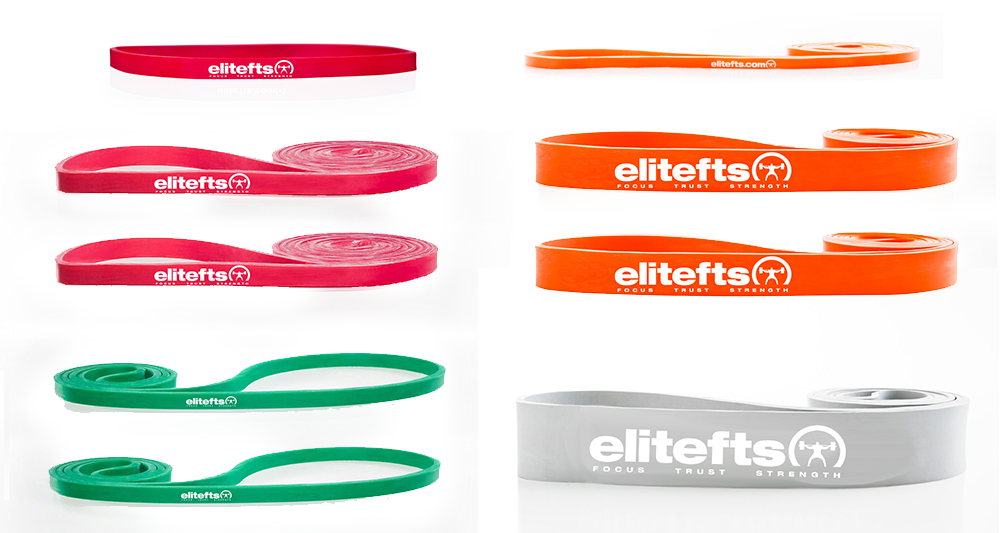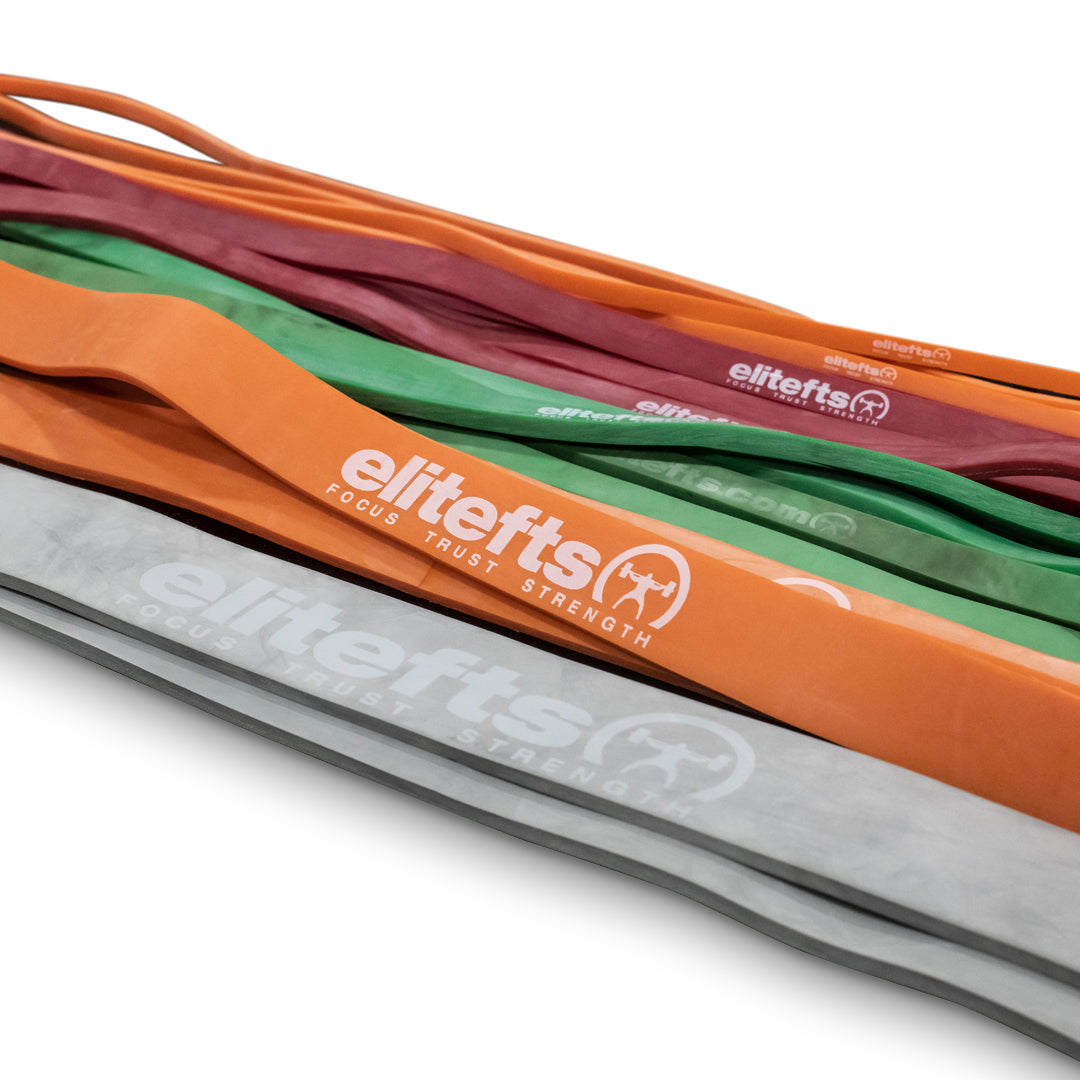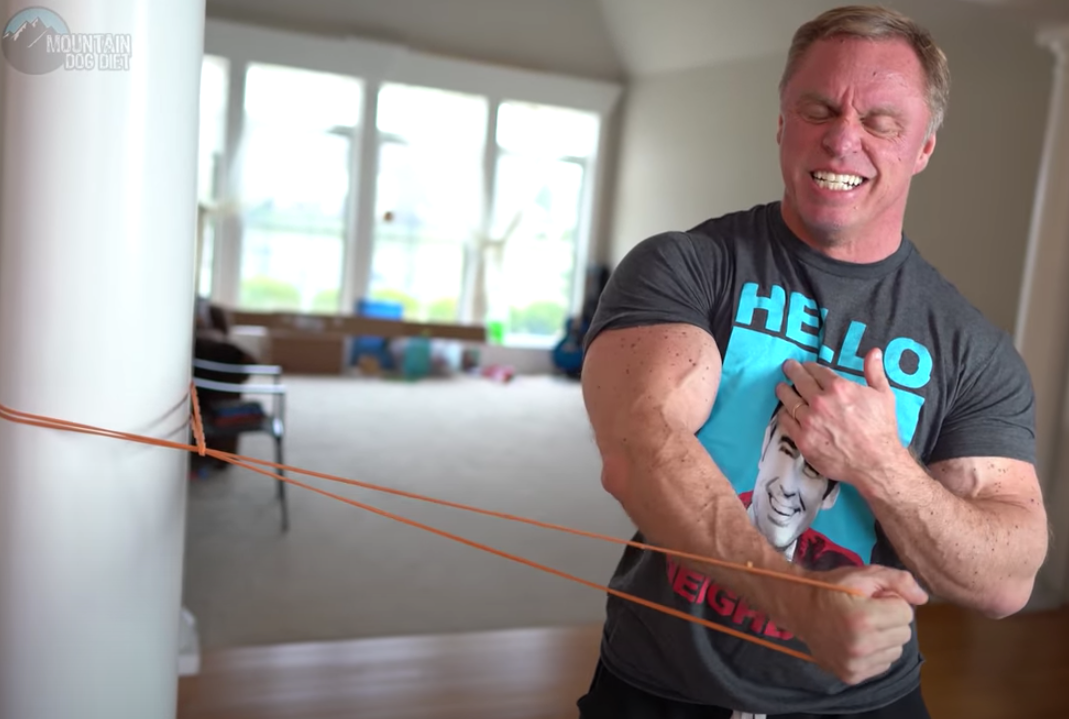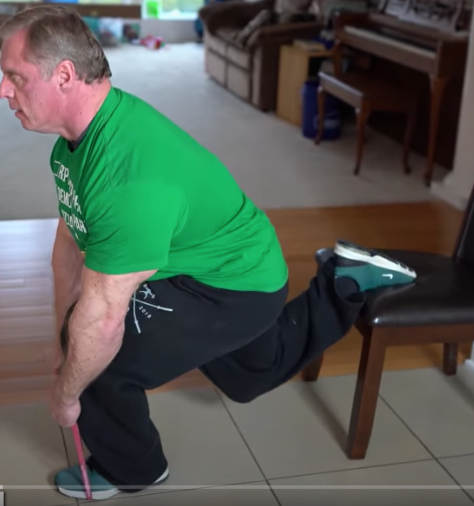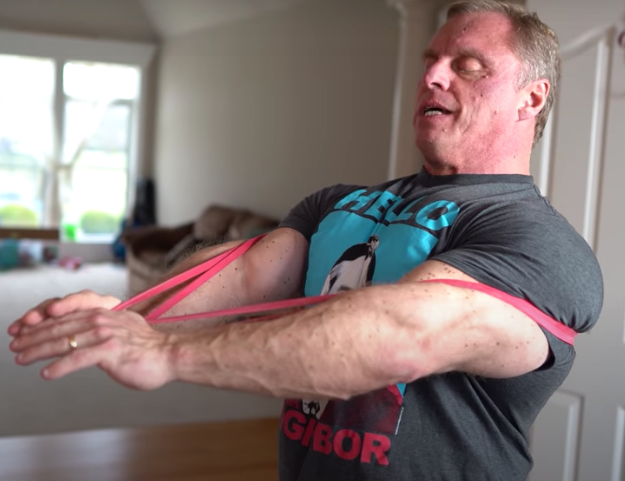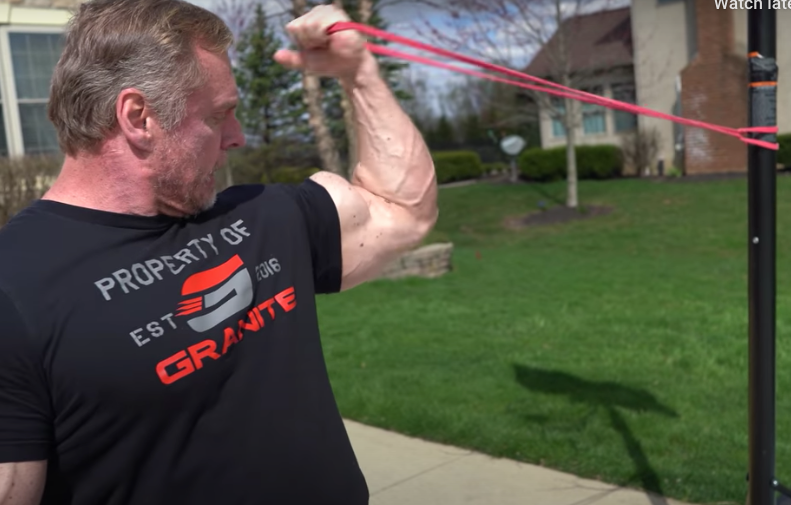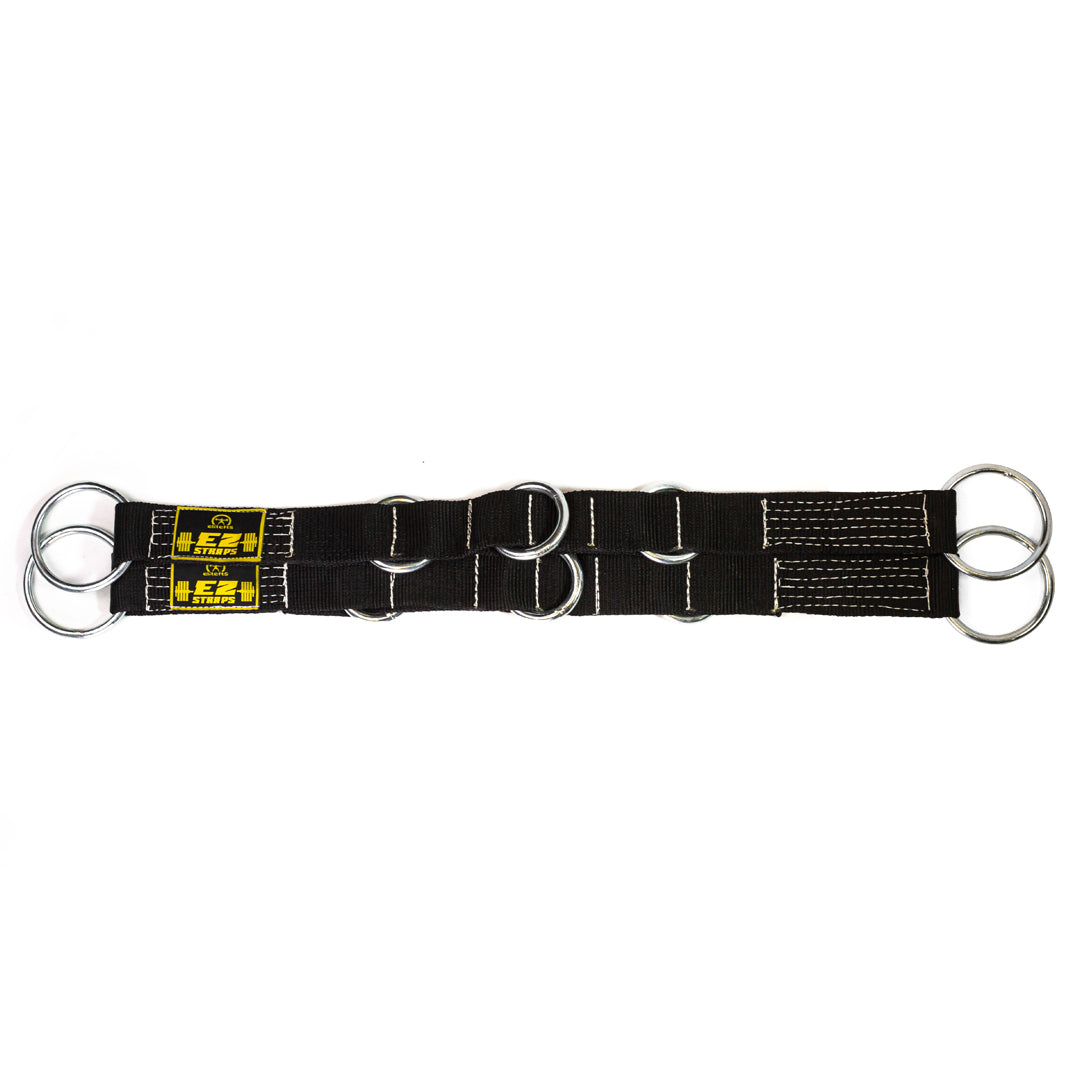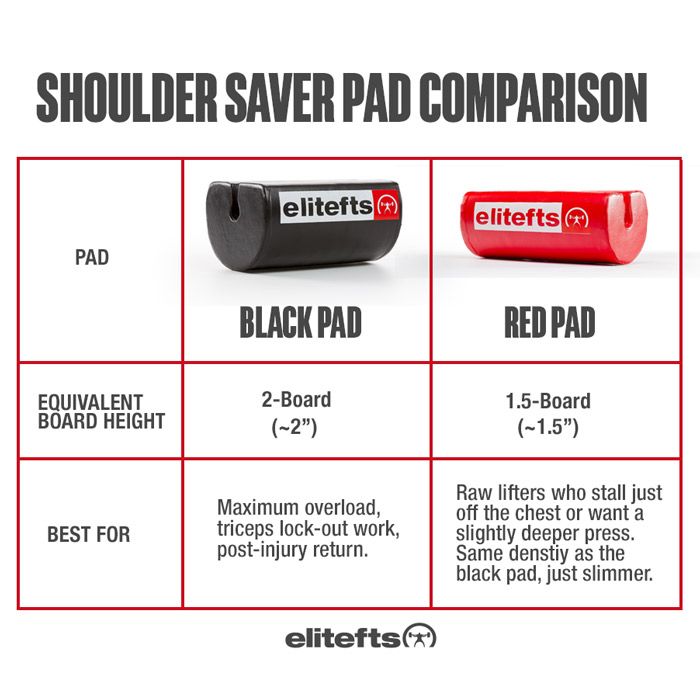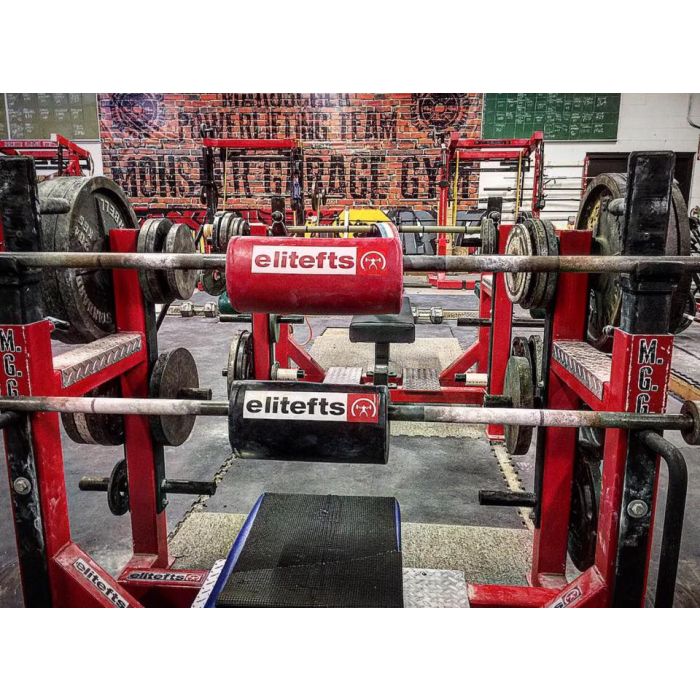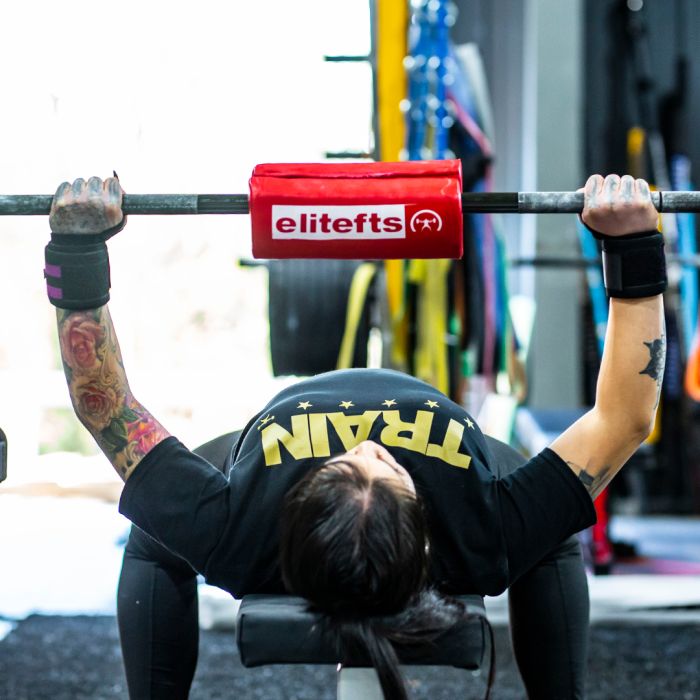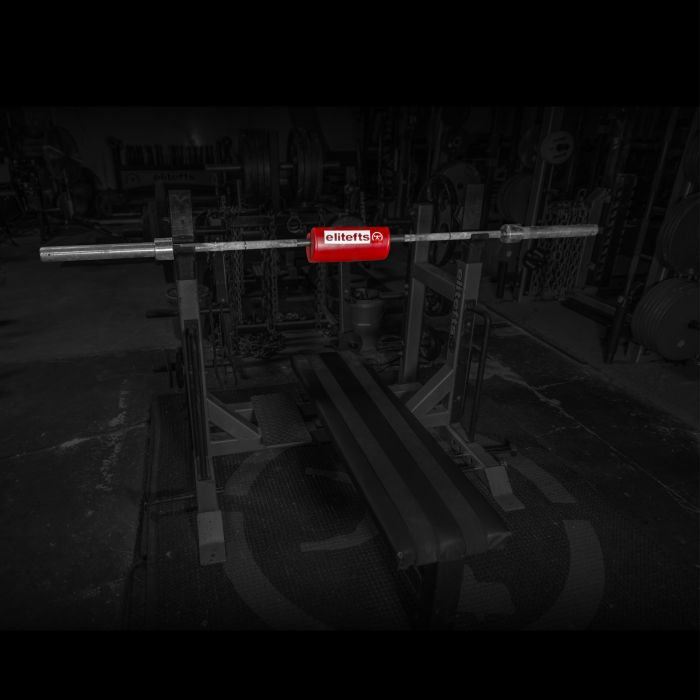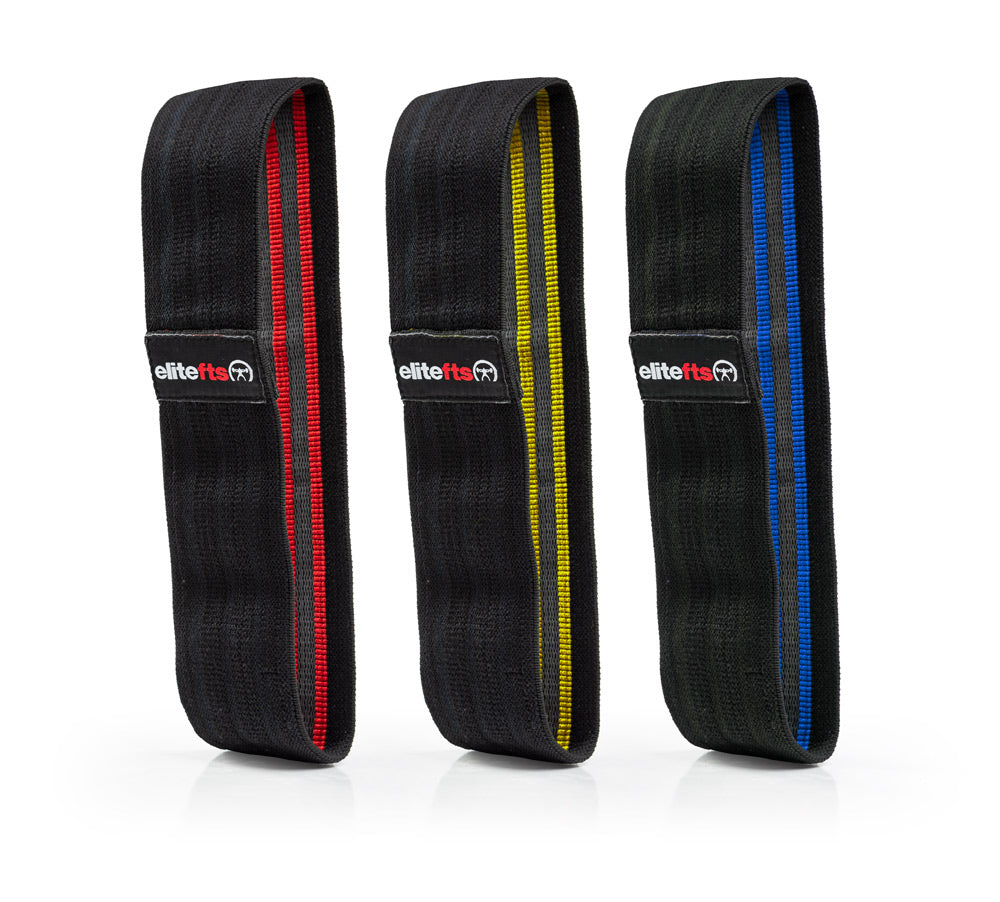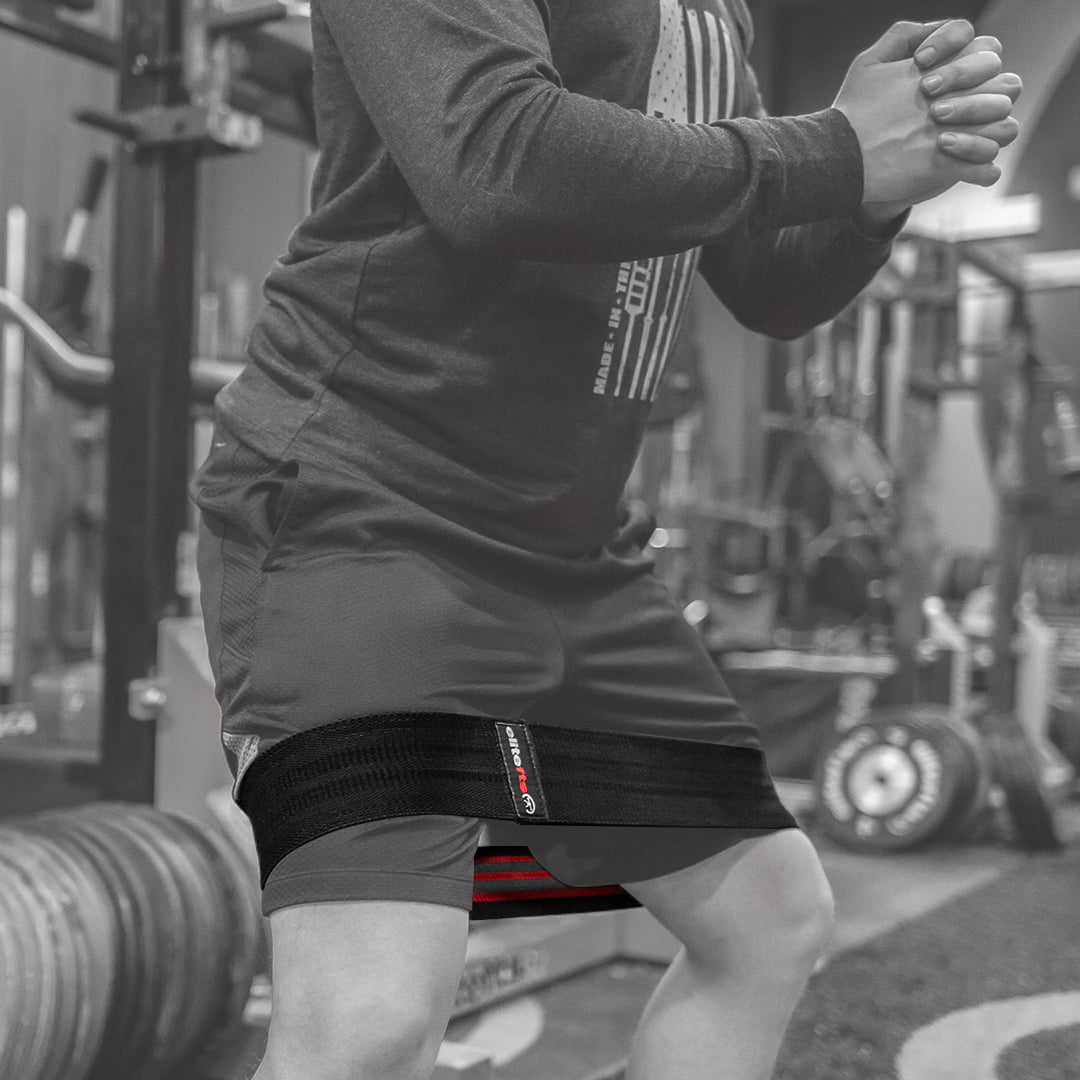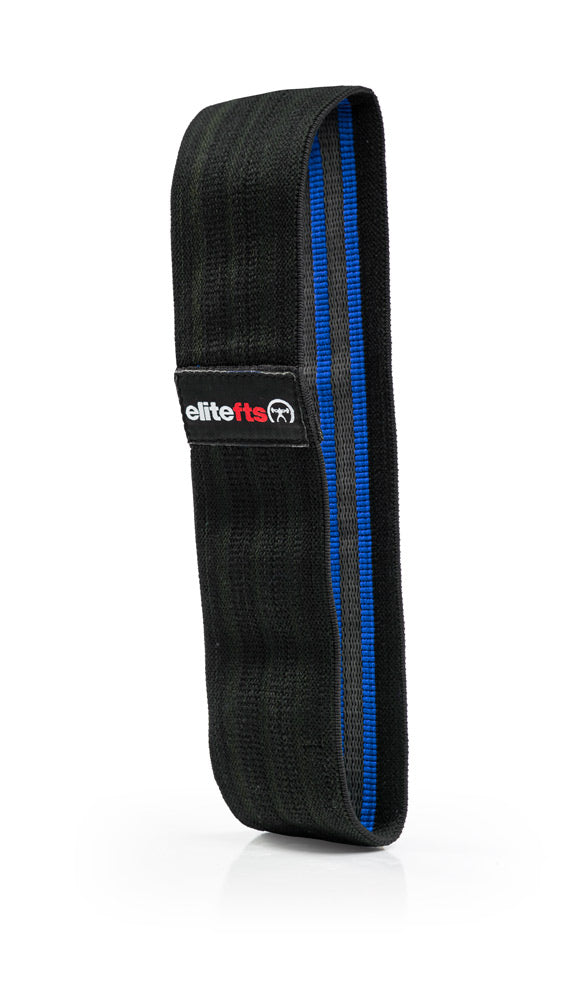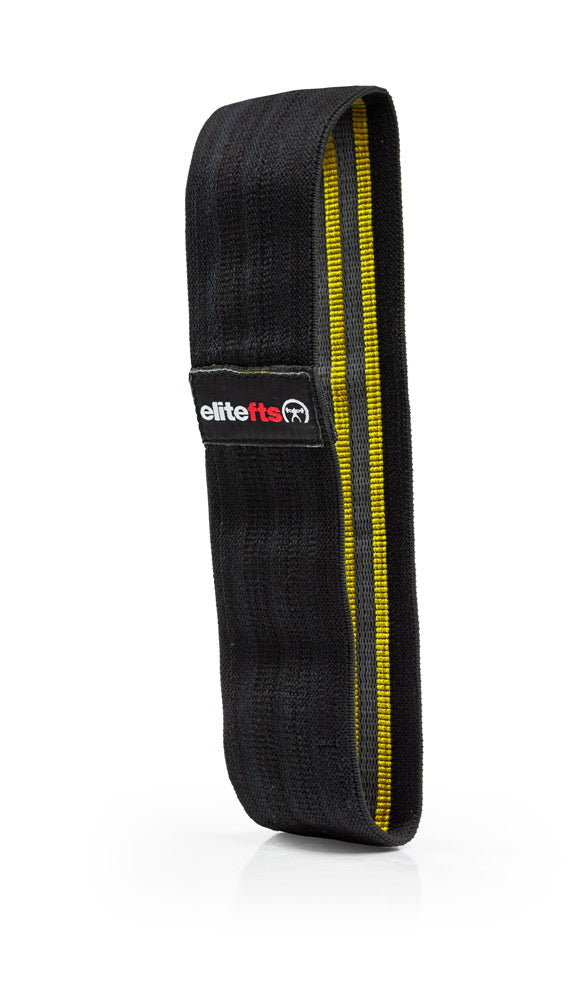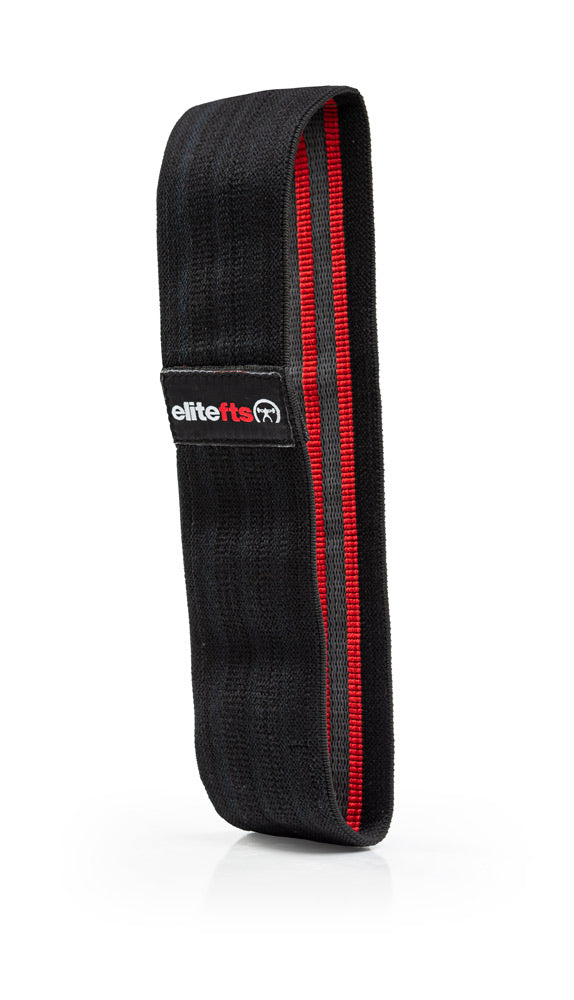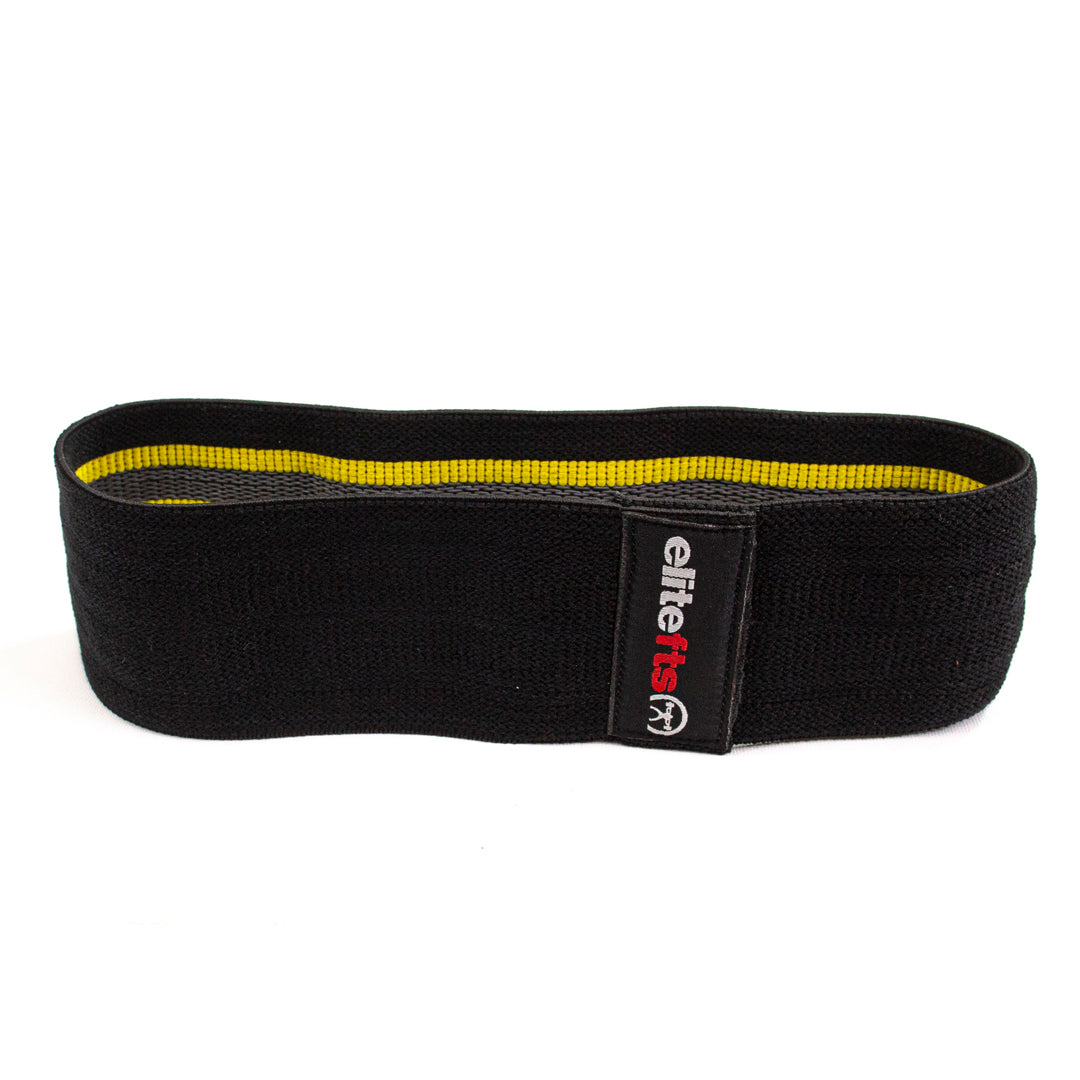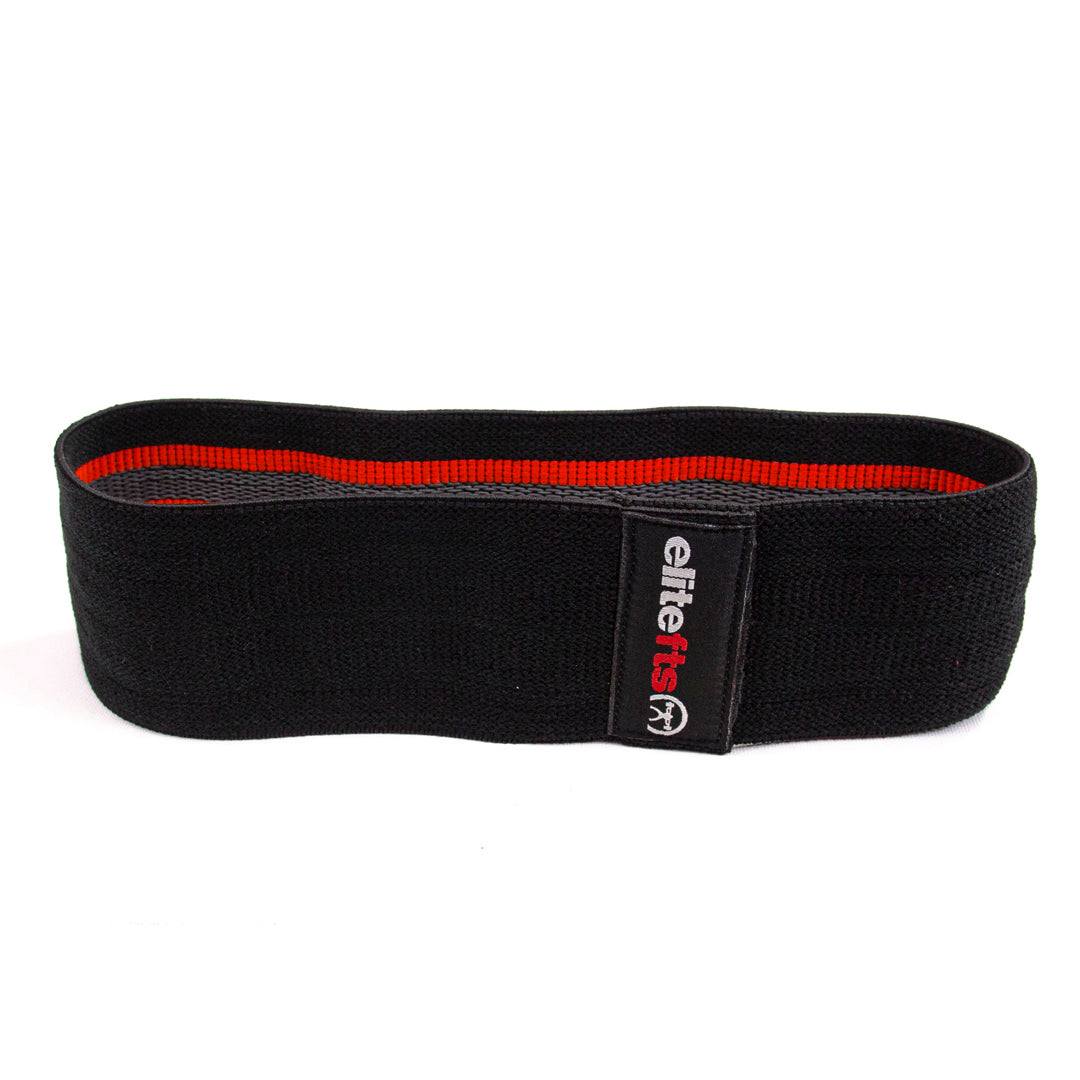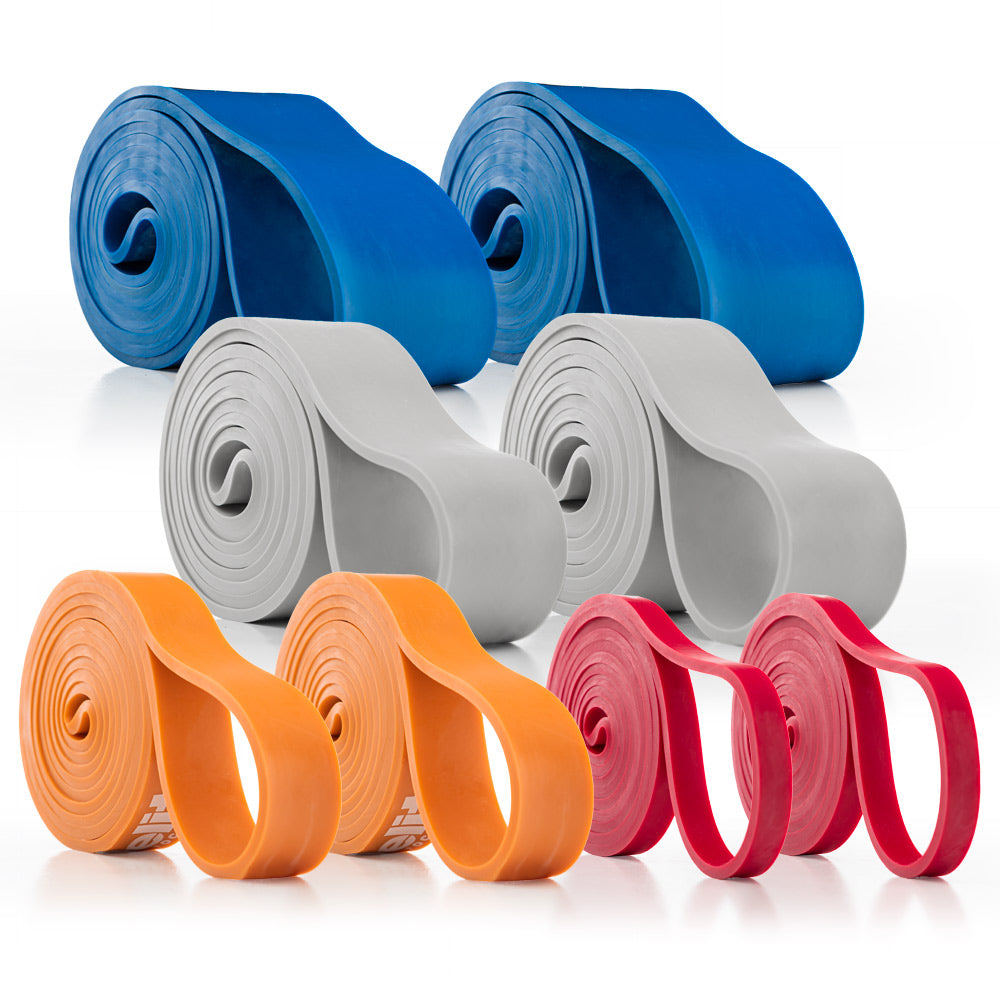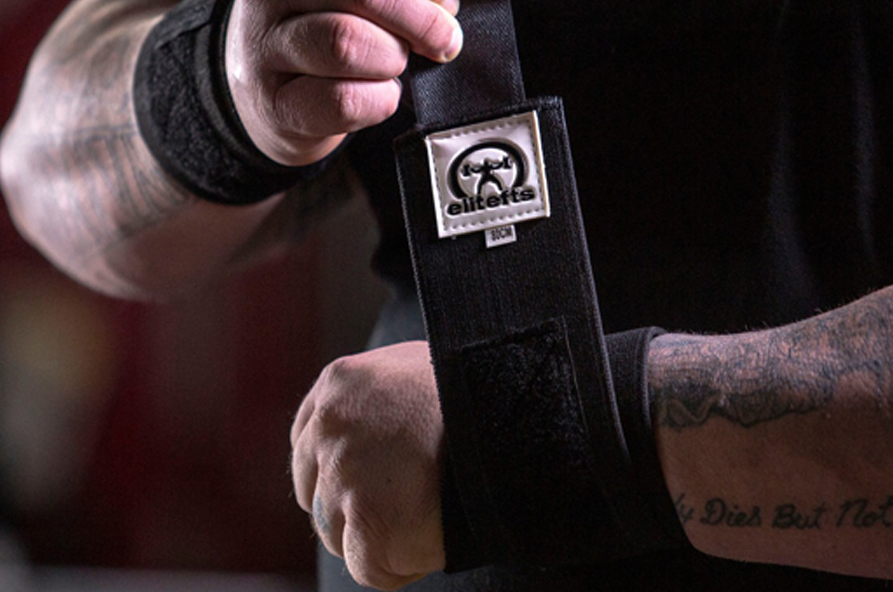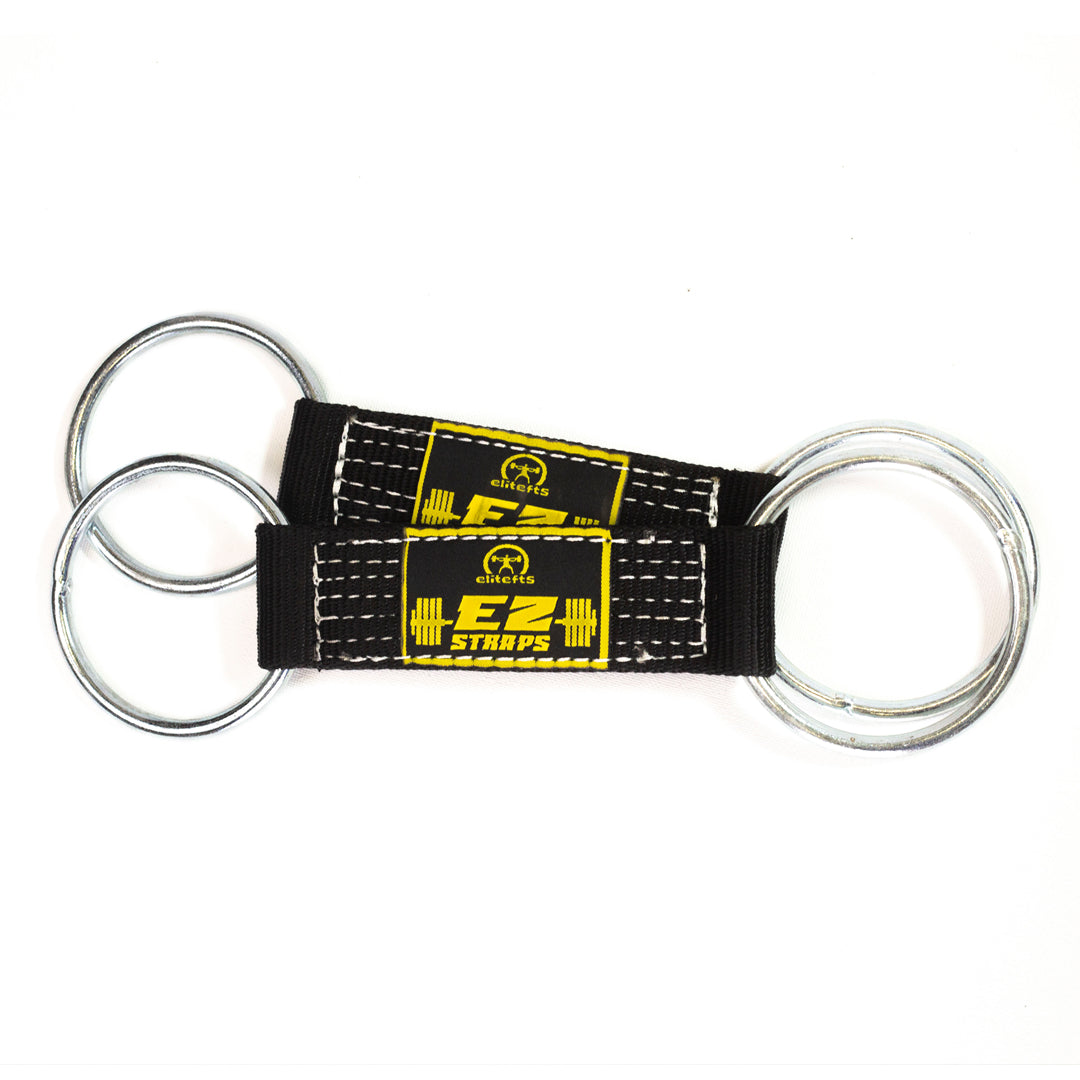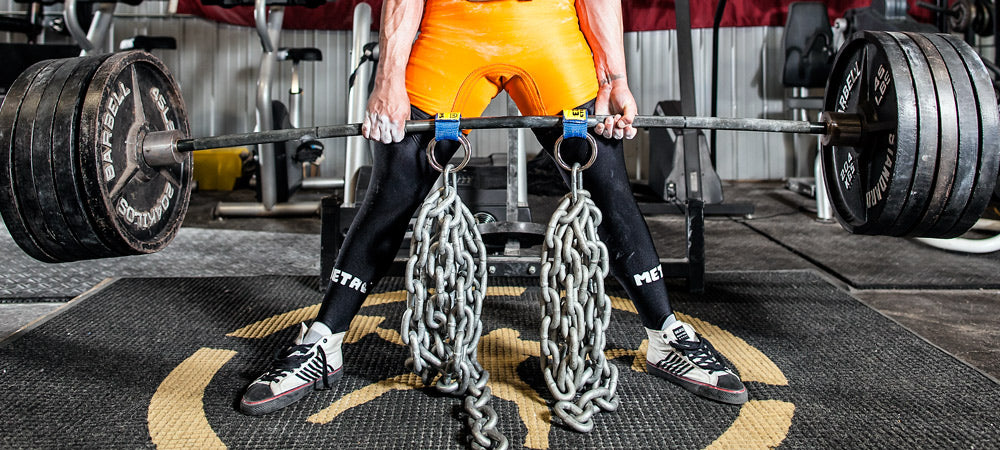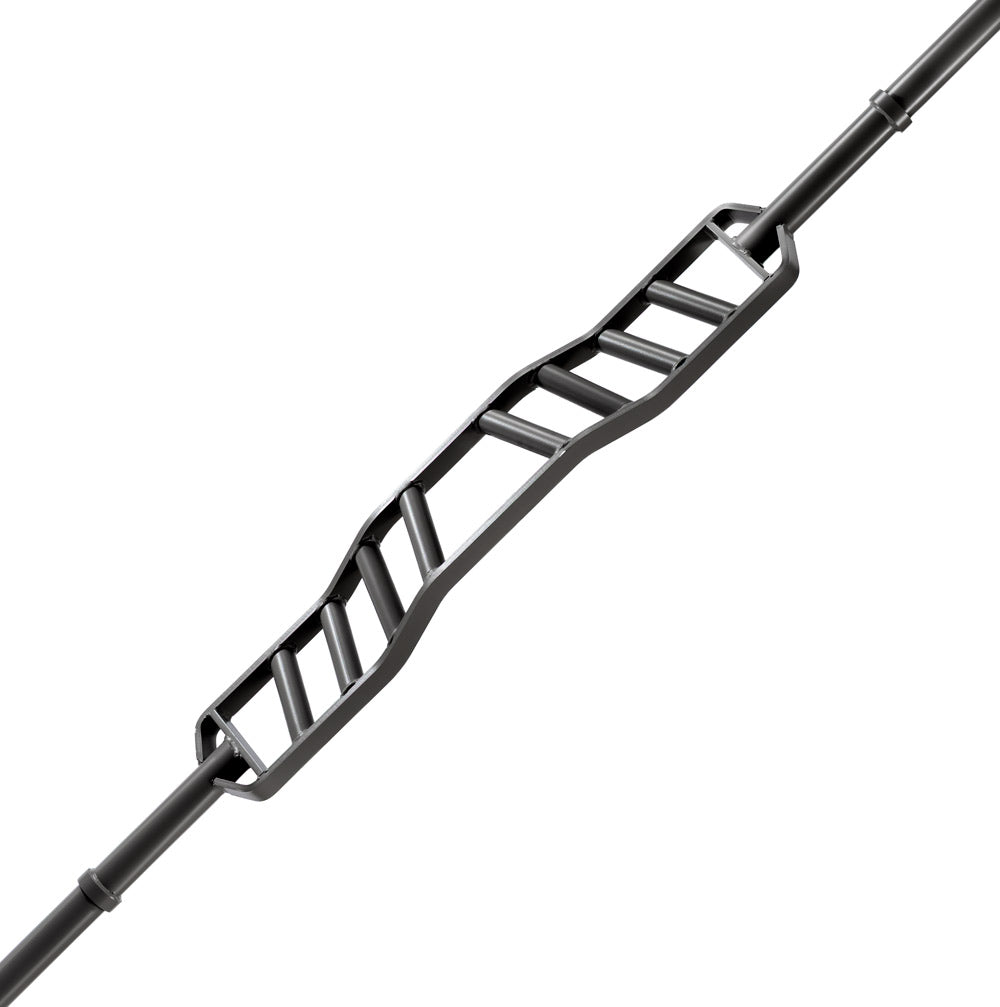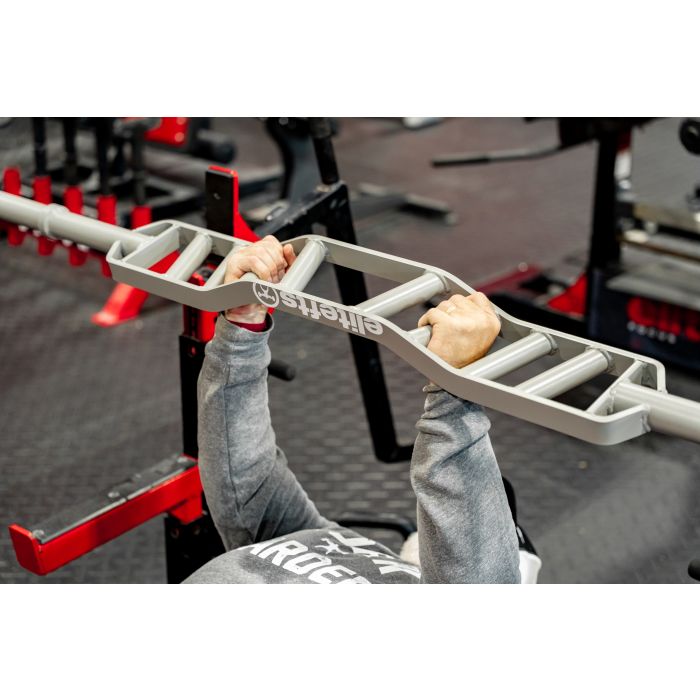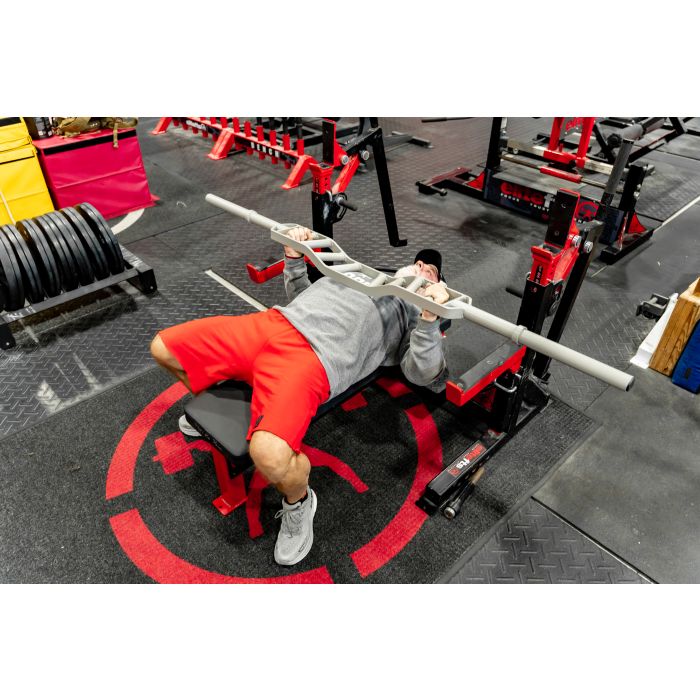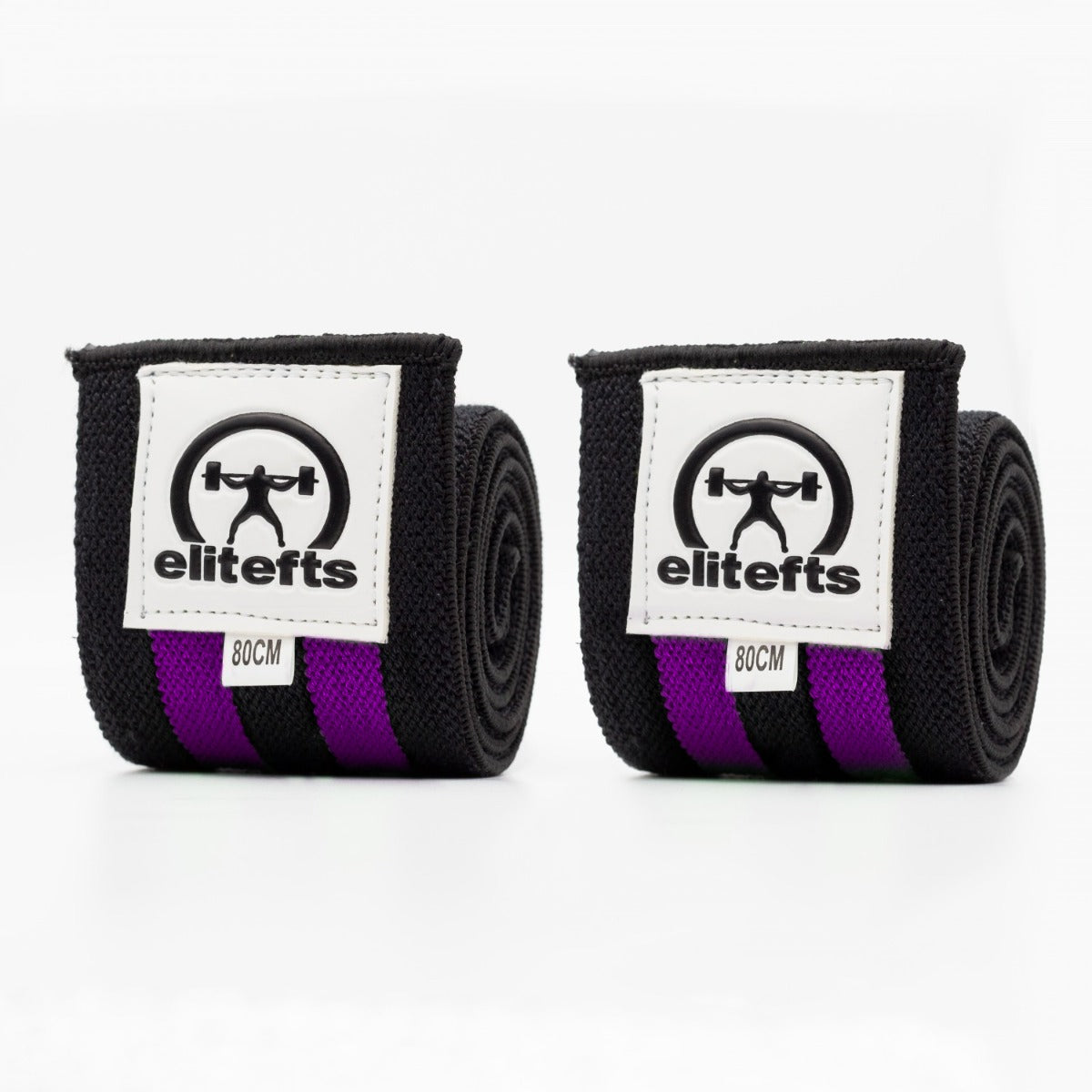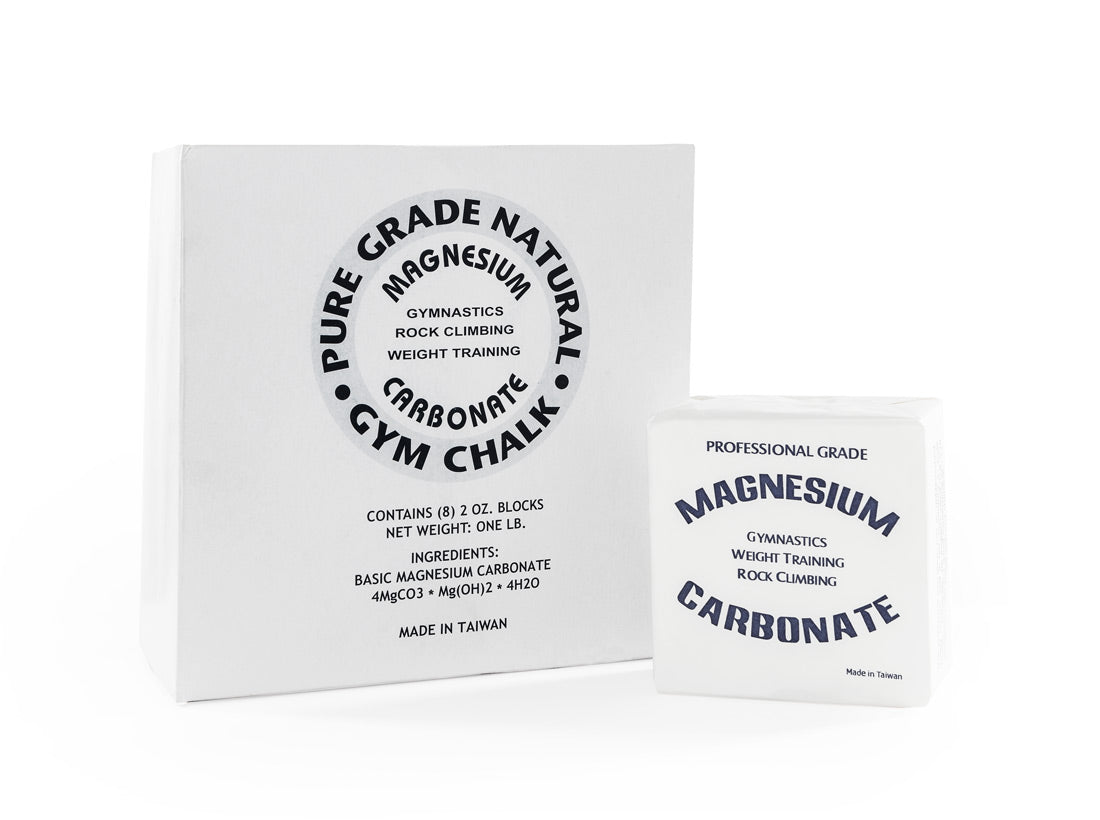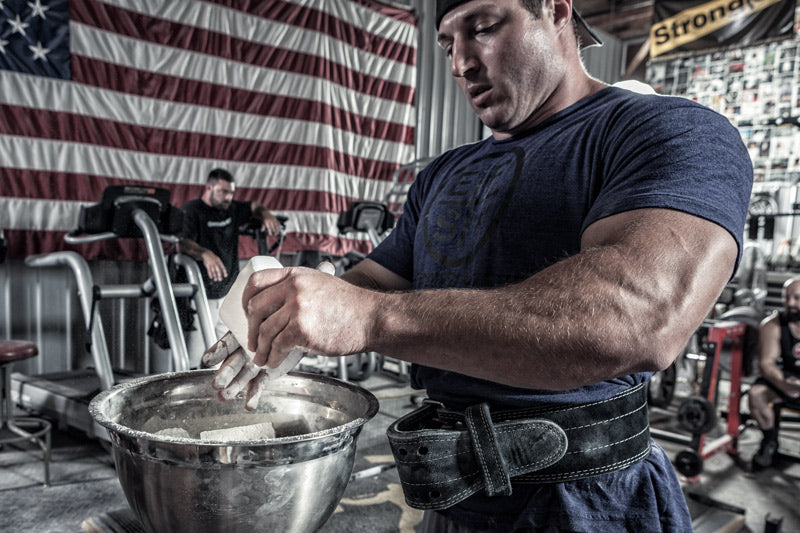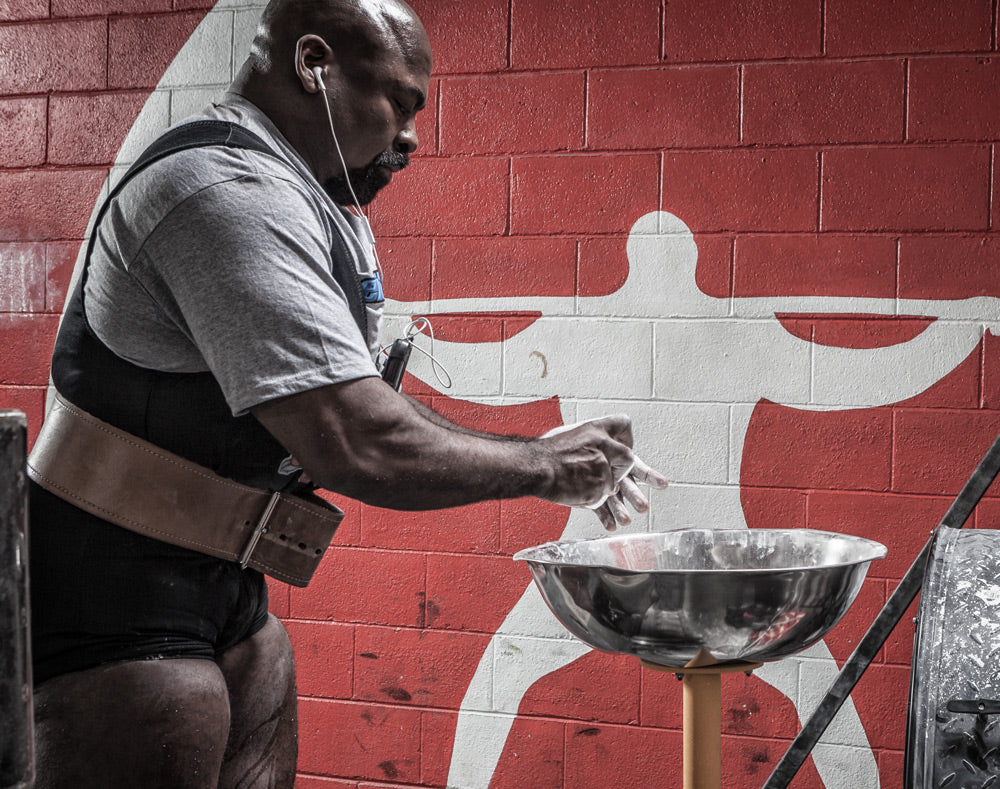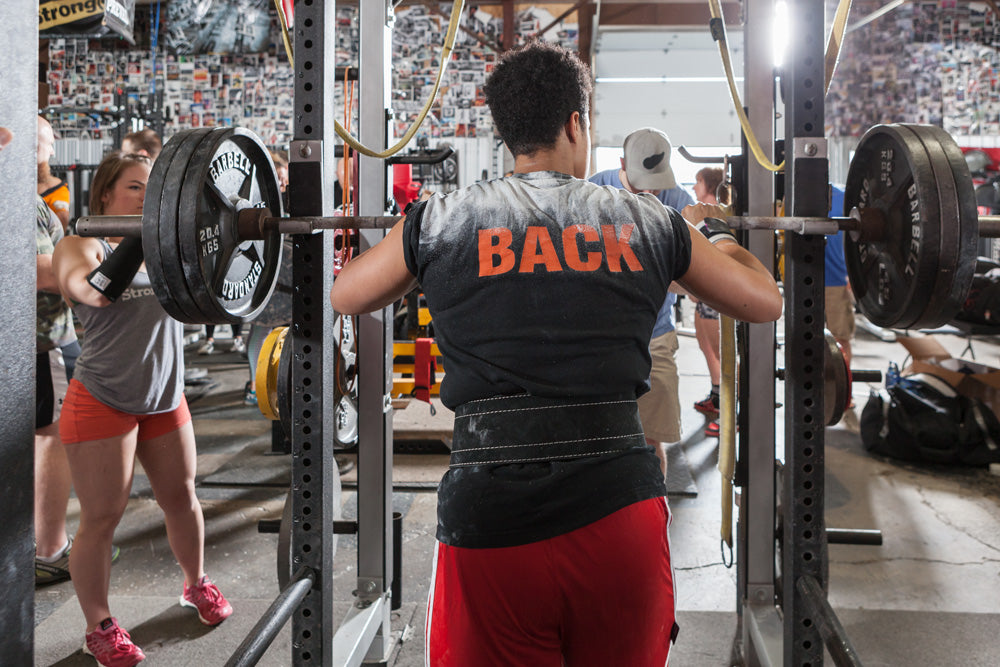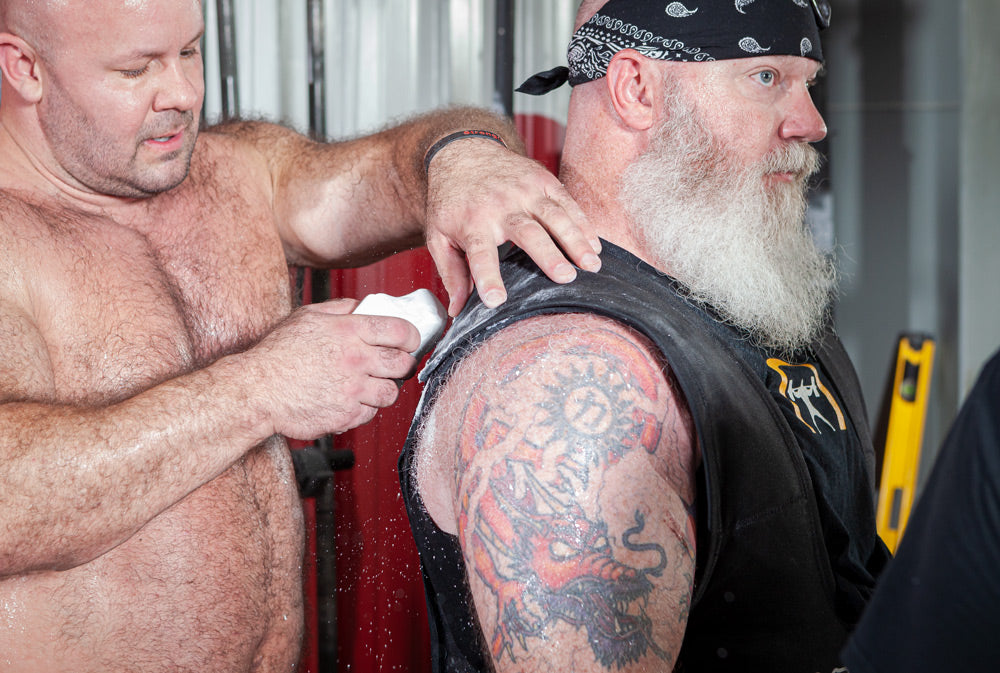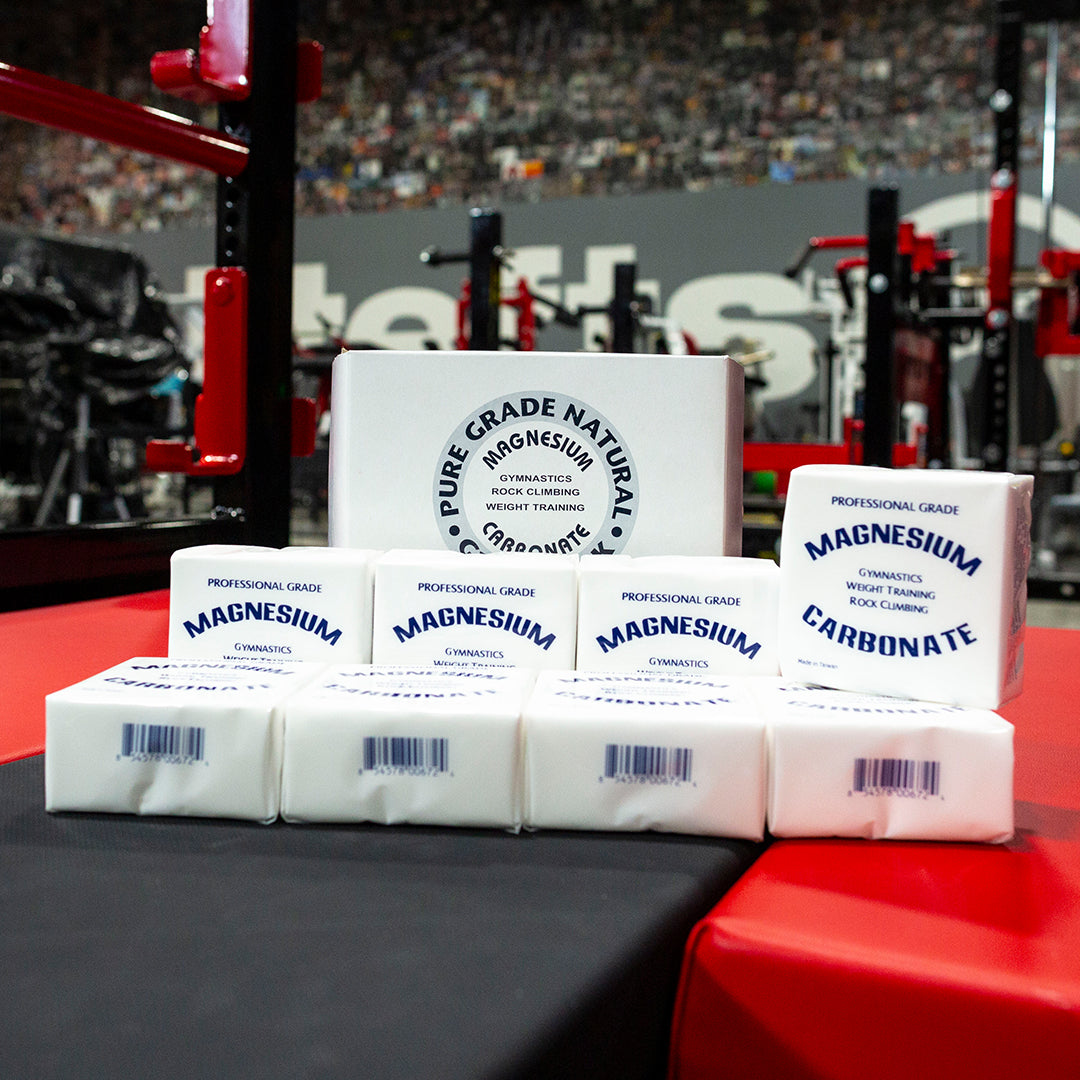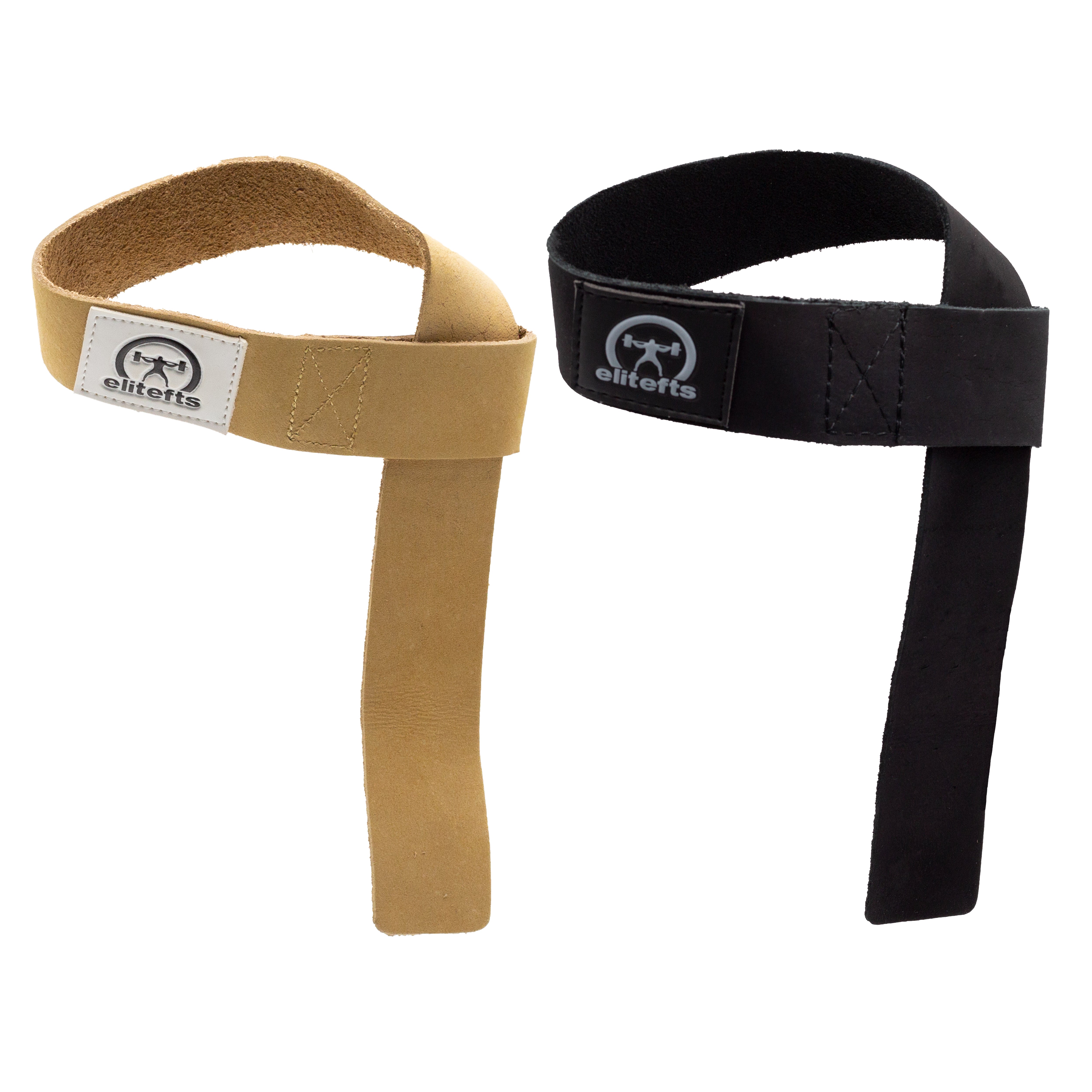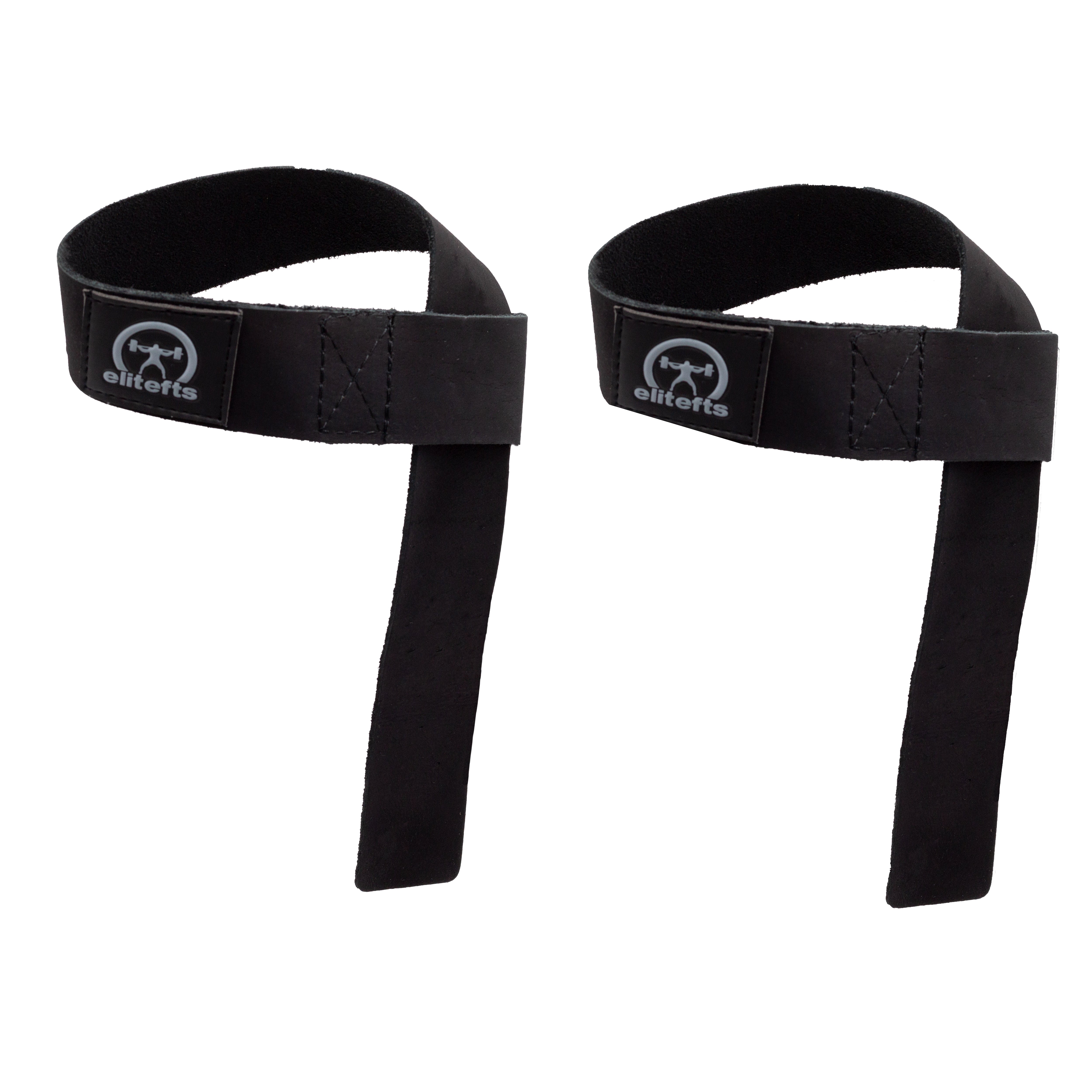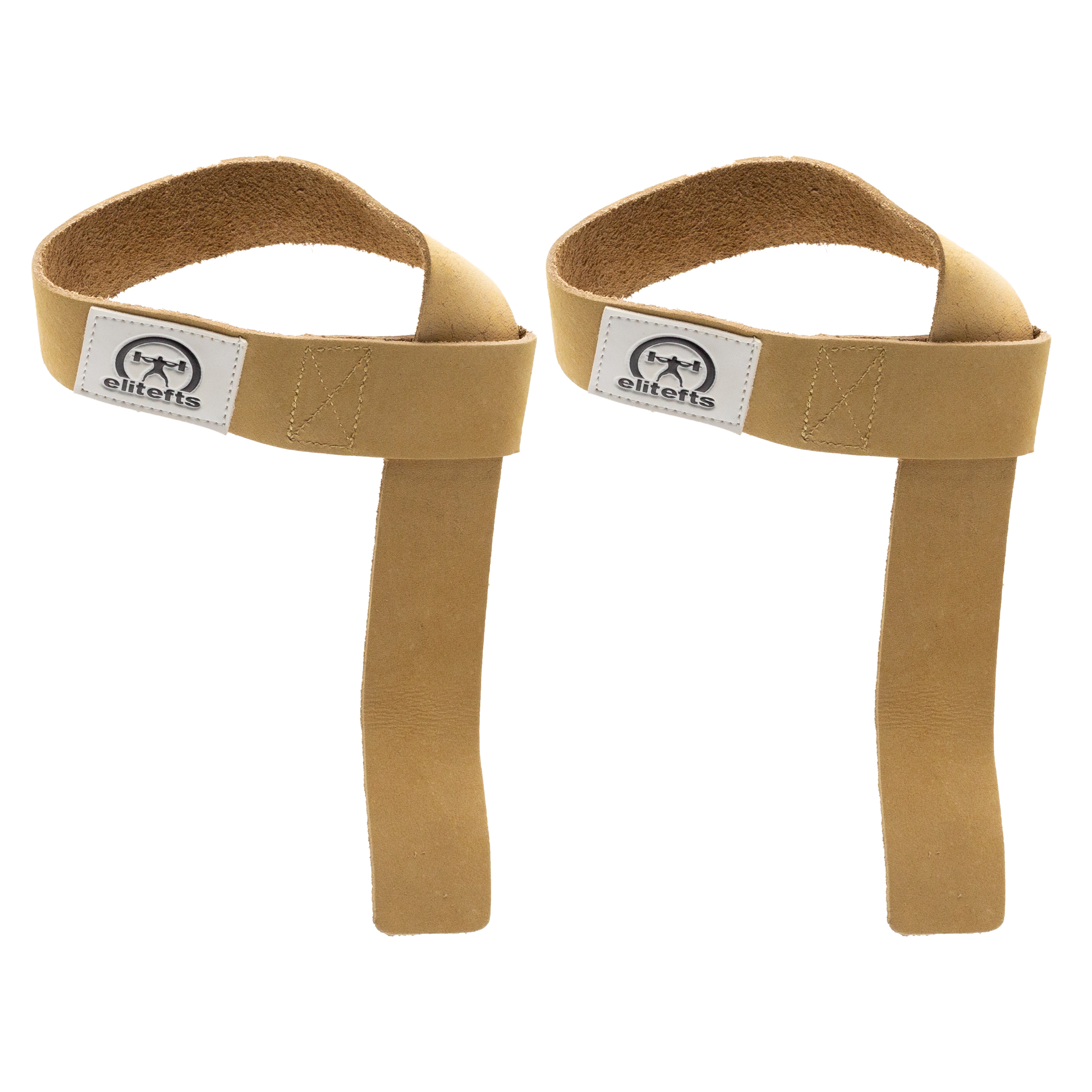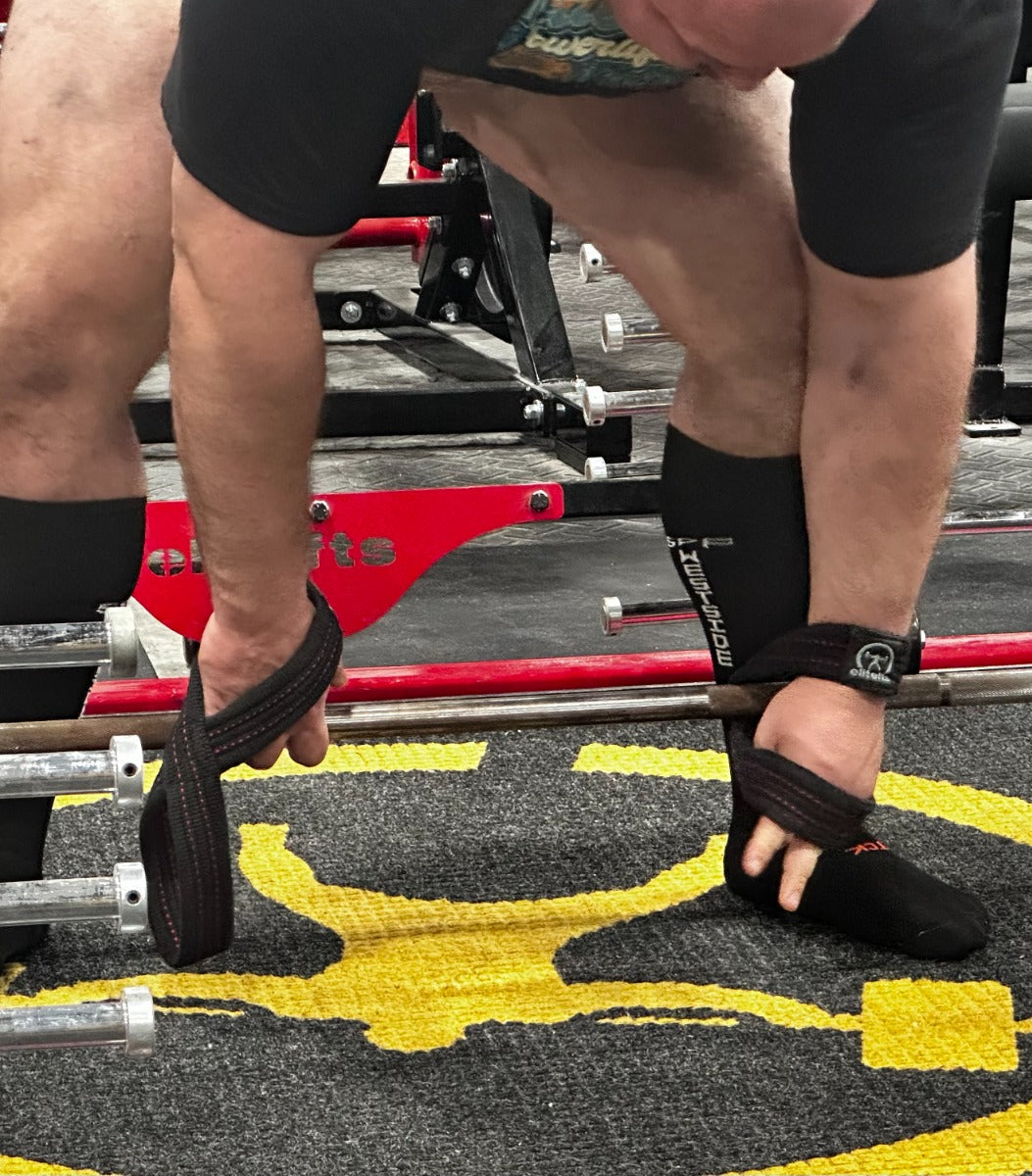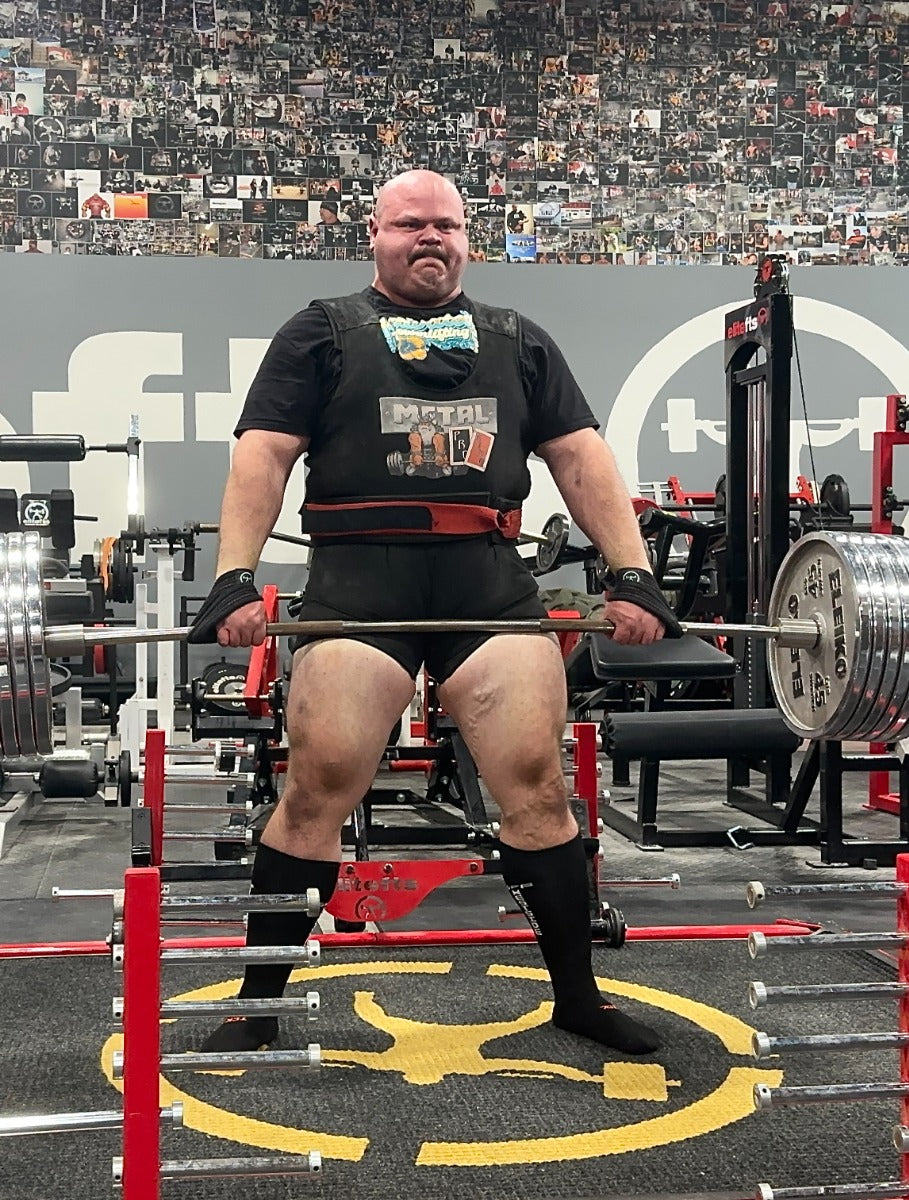The greatest thief of progress is time lost due to injuries. But if you want to be your best or THE best, you face injury risk as a byproduct of pushing yourself to and beyond your limits. Many champion powerlifters have sustained career threatening injuries, from Dave Tate, to Chris Duffin, to Layne Norton, and rebounded. Most experienced lifters have battled nagging or serious acute injuries along their journey. We also know the alternative (a passive sedentary drift into metabolic unhealth) presents far greater risk of pain and long term misery.
So What Creates Injury Risk And What Can We Do To Mitigate These Risks?
Strength training is safe. Humans are also profoundly resilient. Even in the event of joint issues we are great at “out functioning our structure”, a quote from Jordan Shallow, DC, meaning we are surprisingly good at living, moving, and loading despite joint issues.
Just take any cross section of the adult population, especially over 40, and scan for rotator cuff or lumbar spine issues. You’ll find a significant number of deformations or degeneration without symptoms. Many people will show disc bulges or herniations without ever realizing there was a problem. Many people have partial thickness tears of their rotator cuff yet experience little to no pain or loss of overhead mobility. Strong muscles around injured joints often lets us live with minimal problems. Even people with mobility issues and pain still manage to work around it and thrive.
Injury risk is quantified in injuries per 1000 hours of participation. Most of these injuries aren’t full thickness pec, achilles, or ACL ruptures. These statistics include minor sprains and strains that are often easily trained around and recover in a few weeks.
Injury rates for:
- Powerlifting ranged from 1 to 4.4 per 1000 hours of training.
- Bodybuilding ranged from 0.24 to 1 per 1000 hours.
- CrossFit showed around 4.2 per 1000 hours.
- Olympic weightlifting showed around 3.2 per 1000 hours.
Powerlifting and bodybuilding are good proxies for the injury rates for recreational strength training enthusiasts.
For comparison, injury rates in other sports usually clock in higher, especially in competition:
- Soccer(males) ranged from 3.2 to 3.7 per 1000 hours in training, and ranged from 17.5 to 36 per 1000 hours in matches, with professional players on the higher end of injury rates.
- Running ranged from 17.8 to 59 injuries per 1000 hours, with marathon runners on the higher end, novice runners in the middle, and recreational runners on the lower end.
Despite higher injury rates than strength training, recreational running is extremely safe. Comparatively, strength training is one of the safest types of physical activity available to us, especially weighed against its profound benefits to metabolic and mental health. The improved muscle mass, motor control, bone mineral density, and balance from a life of resistance training decreases risk of serious injury or death from falls and other significant impacts.
The Stuff We CAN'T Control
1) Genetics
You can’t pick your parents. And you can’t change your limb length, femur to torso ratio, or tendon insertions. You can’t control if you have hereditary degenerative lumbar issues or a predisposition to Parkinson’s disease. You might win this lottery and be nearly indestructible. In fact we often fail to consider that a lot of success in strength sports, bodybuilding, and life is pure survivorship bias. We see the behaviors that led to success, but we don’t see the “bodies” who did it all right but got hurt along the way.
The only path forward is to use smart training and recovery principles and maximize our strength and resilience against any genetic risk factors.
2) Blind Luck
Every time you get in your car, there’s a tiny chance you’ll be t-boned by a drunk or distracted driver. But we don’t stay at home and hide from the world to avoid this risk. It’s no different in the gym. Every time we get under a barbell there’s a risk you’ll get hurt, but we accept this risk because we know the rewards are orders of magnitude greater.
3) Age
No amount of biohacking will prevent years from piling on. The creepy guys on Instagram in their late 50’s claiming to look like 20-year-olds are using filters and plastic surgery. Even then, they can’t filter their insides. And while we can do a lot to slow the progression of aging, we can’t halt it. As we age, we face some increase in injury risk.
We can continue to strength train to maintain muscle mass and bone mineral density. We can also include more training methods like hopping, sprinting, and explosive exercises to train these movement qualities that decline more rapidly with age. Hydration and protein intake also play major roles in maintaining tissue resilience as we age.
The Stuff We CAN Control
4) Load Management
Possibly the greatest lever we have for managing our injury risk is intelligent program design and load management. One of the greatest risks for injury is making too large increases in weight, volume, and intensity over too short a time window.
There’s a strong narrative and good evidence among the strength and conditioning and physical therapy community that there’s little relationship between “bad form” and injury risk.
Form definitely matters for optimizing leverage to move weight and for recruiting, and strengthening your target muscles, but when we see form break down, this is almost certainly a load management issue not a technique issue. There’s even a good argument that we should learn to tolerate variance in form for injury resilience. Any experienced powerlifter will tell you that you’ll see some degree of deviation from “perfect form” on maximal lifts.
“Excessive and rapid increases in training loads are likely responsible for a large proportion of non-contact, soft-tissue injuries. However, physically hard (and appropriate) training develops physical qualities, which in turn protects against injuries”, according to a study in the British Journal of Sports Medicine.
“Load management” is the combination of the resistance trained against (usually weight), the intensity (how close to failure we train), and volume (duration/number of sets and reps). It also needs to factor in our total capacity to recover. If we see a large acute or chronic decrease in our capacity to recover, from poor sleep (more later on this), poor nutrition, or spikes in life stress, these can amplify the stress of the load of our training, even without significant increases in that load.
In order to manage your load effectively, it’s wise to track your training. Without tracking it’s hard to get a sense of the magnitude of your weight, volume, and intensity increases. This means not just tracking weight, sets, and reps, but also using a system for intensity. All systems for tracking intensity have their flaws, but whether you use RPE, RIR, or a percentage based system, you have data to compare against over time. Week-to-week acute increases in load matter, but acute increases against the average of your recent weeks of the load are more accurate.
Research points to increased injury risk when an acute jump in load is greater than 50% over the average of recent weeks of total load. Whether you auto-regulate or periodize your training, avoid large increases in load, intensity, and volume over short timeframes.
5) Sleep
Despite the rising obsession with recovery modalities, most people would be better served by first focusing on getting more sleep.
“The amount of sleep that consistently has been found to be associated with increased risk of injury is ≤7 h of sleep, which when sustained for periods of at least 14 days has been associated with 1.7 times greater risk of musculoskeletal injury,” according to a study in the Current Sports Medicine Reports.
Not only does chronic poor sleep increase injury risk, it almost certainly impairs optimal results for increased strength, muscle growth, and joint and bone health improvement, interfering with key parts of developing future injury resilience.
The everyday lifter would do well to set a non-negotiable boundary of around 8 hours of sleep opportunity, and high-level athletes probably need more.
Sleep opportunity (the window of time you give yourself to sleep) doesn’t guarantee quality sleep. This means being mindful of or trying some of the following:
- Avoid caffeine at least 8 hours before bed
- Limiting alcohol consumption
- Using blackout curtains
- Use a sleep mask
- Keeping your room temperature cool
- Get off blue light emitting devices at least 1 to 2 hours before bed
A word of caution. The more elaborate your sleep ritual, the more fragile you become. If you come to over-rely on your ritual, any disruption in your environment can stress you more and interfere with your sleep. This is especially important if you travel a lot.
6) Dehydration
Like sleep deprivation, dehydration is among the most important acute risk factors for injury and easily within our control. Simple attention to drinking more water addresses this risk. Coffee is fine, as its water volume offsets the diuretic effects of caffeine, while alcohol is not.
Dehydrated joint tissue, such as vertebral discs, may temporarily lose some of its resilience against external force and load. Dehydrated muscles lose capacity for force production. Dehydration may also slow healing and recovery from normal training. Persistent dehydration combined with high-intensity training may lead to a greater risk of chronic or acute injuries.
Maintain daily hydration where urine appears light yellow to clear. Darker yellow (or worse) indicates dehydration. It’s wise to increase water intake within a couple of hours of training, and drink fluids during training. If you’re engaged in longer duration training, especially if you 1) sweat a lot, 2) train in high heat environments, or 3) participate in endurance sports, consider an electrolyte drink vs just water to avoid risk of diluting your blood electrolytes to the point of a rare but potentially fatal condition called hyponatremia.
7) Previous Injury
“The best predictor of future injury is past injury.” Whether an indication of a pre-existing risk factor, an ongoing motor pattern issue that’s placing too much stress on a specific tissue, or the injured tissue never fully recovering, it’s wise to be mindful of past injuries.
Some strategies here include:
Assess motor patterns and joint position to see if the tissue is bearing more load than intended because another structure isn’t in good position or is just weak, leading to compensation. According to Jordan Shallow DC, “injury occurs when force exceeds tissue tolerance”. It’s wise to strengthen tissue but it’s more expedient to address and adjust the force acting on that tissue.
- Ongoing soft tissue work.
- More attention to warming up this tissue or joint before loading.
- Attention to good load management in your program to rehabilitate the injury.
- Good hydration.
8) Not Strength Training
Anyone reading this is probably already drinking the Kool-Aid, but we’re surrounded by a society in severe metabolic health decline. Every person in the medical system line for degenerative orthopedic issues is someone between you and your loved ones should any of you need those resources. No one is any more or less deserving, but wouldn’t it be a better world if everyone who can reduce their risk of bad orthopedic or metabolic health outcomes did everything within their power to reduce the likelihood of needing these services? Leaving better access for anyone battling genetic diseases beyond their control or who got hurt trying their best to live a strong and healthy life.
A 2014 study in the British Journal of Sports Medicine showed that “Strength training reduced sports injuries to less than 1/3 and overuse injuries could be almost halved.” Theoretically, we can extrapolate this to the general population. Stronger equals more resilient against injury.
Maybe our example gets more people in our world in the door of a gym. Maybe the next time you see a new and unsure member navigating their gym experience, you grant them a smile and a nod of approval, a slight gesture to say, “you belong here, I’m glad to see you”. Especially if you’re one of the biggest, strongest, scariest people in the gym.
What To Do In Case Of Injury?
Despite careful risk management, injuries happen. There’s a lot you can do to continue to recover faster and progress.
1) Don’t Fully Rest
General practitioners are skilled and caring physicians, but they’re not experts in musculoskeletal injuries. Often doctors are incentivized to tell you to rest as they minimize their exposure to liability in case you sustain further injury. Unless you’re immobilized with a hip or spine injury, find a way to do what you can.
If your doctor just tells you to rest, find a new doctor.
2) Find A Physical Therapist That Values And Understands Strength Training
Passive treatments like dry needling and manual therapy can help manage pain and temporarily improve mobility, both valuable for allowing appropriate strengthening during recovery. But a great PT will know how to guide you to rehab the injury with the right movement and load management.
Some of the best physical therapists who work with strength athletes are certified strength and conditioning coaches and themselves strength athletes. Find a doc that lifts.
If your physical therapist tells you to fully rest while only treating you with passive methods, find a new PT.
3) Train Other Body Parts
Bodybuilders have always used injuries as an excuse to focus training volume and recovery on weak body parts. Few injuries will prevent you from getting into a gym and training healthy joints and muscles.
Tear a hamstring? Smash arms, delts, chest, and back. You probably aren’t able to do
bent over barbell rows, but seated row and
pulldown machines are fair game.
Rupture a bicep? Pec flys are probably off the table but spend your time hammering triceps, hamstrings, glutes, quads, and calves. Most chest and shoulder pressing should be fine too.
Staying in the gym is essential to preserving your metabolic and mental health, plus sustain the habit.
4) Train The Opposing Healthy Limb
Think you’ll end up with one shriveled arm in a cast and one disproportionally jacked arm if you train the healthy one? Instead, by training your healthy limb, you see the muscle thickness and strength of your injured limb maintained better than doing nothing at all. This neurological phenomenon is called cross-education and has been demonstrated in numerous studies.
Hammer away at single arm or leg exercises.
Immobilized leg? No problem.
Do single leg hamstring curls, leg press, leg extensions, hip thrusts, and calf raises. You’ll bounce back better from injury.
Immobilized arm? Do single arm presses, rows, pulldowns, curls, and tricep extension variations.
5) Don’t Become Fearful of Movement
How many people quit the gym because they got hurt, only to fulfill the prophecy of long term weakness and health decline? Don't let an injury take you out of the healthiest long term activity we have at our disposal.
Even just being fearful of pain increases our experience of pain. We train our mind to expect it. We become tense and guarded. Sometimes this pain is inconsistent with the nature of the injury and can persist after the injury fully heals.
This is where the belief that bad form causes injury risk creates a problem. When people are fearful of even the slightest deviations from some arbitrary ideal of perfect form causing us to get hurt, we fear and shy away from movement. We become fragile-minded. The best path to recovery and resilience against future injury is to load appropriately and stay strong.
Find every reason and way to stay in the game. Manage everything within your control to minimize injury risk. When injuries arise, do everything you can to stay active and rehabilitate so lose minimal ground on your quest to stay strong for life.
Plus, who really wants to go into the ground as a pristine corpse? Accumulate scars and stories. Push your limits but in the smartest way possible. Get back up when you get knocked down and shout into the void, “Is that all you got?”
References
- Stromback, Aasa, et al, “Prevalence and Consequences of Injuries in Powerlifting: A Cross-Sectional Study,” Orthopedist J Sports Med, 2018
- Serafim et al, PMID 37046275, 2023
- Videbaek et al, PMID 25951917, 2015
- Lopez-Valenciano et al, PMID 31171515, 2020
- Gurau et al, PMID 37685638, 2023
- Gabbett, “The Training - Injury Prevention Paradox: Should Athletes Be Training Smarter And Harder?,” British Journal of Sports Medicine, 2016
- Huang, Ihm, “Sleep and Injury Risk,” Current Sports Medicine Reports, 2021
- Lauersen, Bertelsen, et al, “The effectiveness of exercise interventions to prevent sports injuries: a systematic review and meta-analysis of randomised controlled trials” British Journal of Sports Medicine, 2014
- Hendy, Lamon, “The Cross-Education Phenomenon: Brain and Beyond,” Front. Physiol, 2017
- Andrushko, et al., “Unilateral strength training leads to muscle-specific sparing effects during opposite homologous limb immobilization,” Journal of Applied Physiology, 2018
- Farthing, et al., “Strength training the free limb attenuates strength loss during unilateral immobilization,” Journal of Applied Physiology, 2009
Andrew Coates is a seasoned personal trainer and the owner of Andrew Coates Fitness in Edmonton, Alberta. With a Bachelor of Commerce from Memorial University of Newfoundland and over 23,000 coaching hours since starting his career in 2010, Andrew is deeply committed to the fitness industry. He writes for notable publications like T-Nation and Men’s Health, hosts 'The Lift Free and Diet Hard Podcast with Andrew Coates,' and speaks at various fitness and business conferences. Operating both out of Evolve Strength South and a home studio, Andrew focuses on coaching the general population, aiming to continue this impactful work into his later years. Follow his Instagram at @andrewcoatesfitness.

